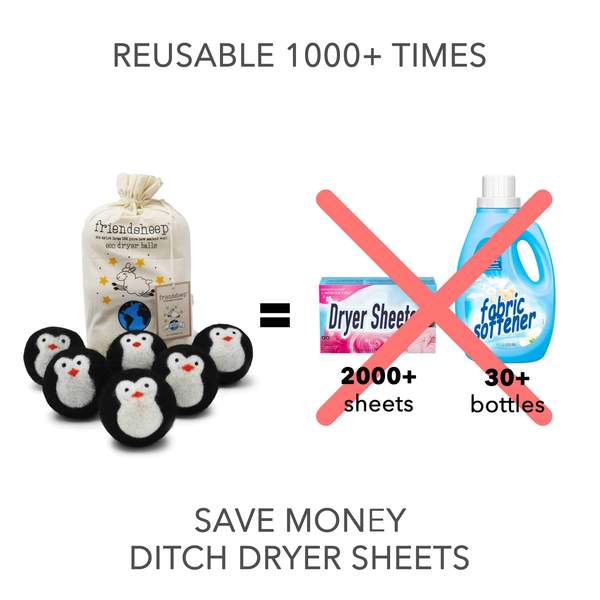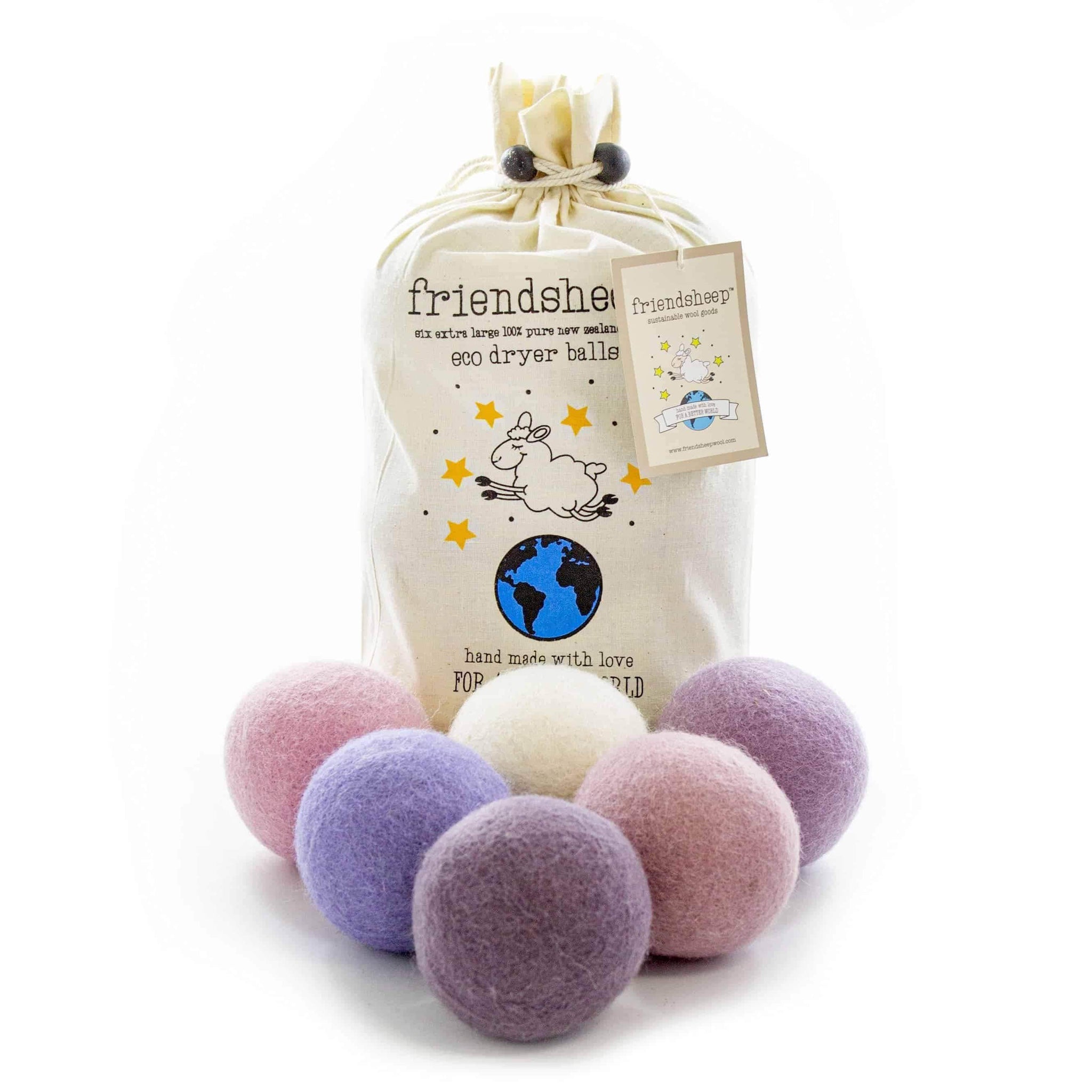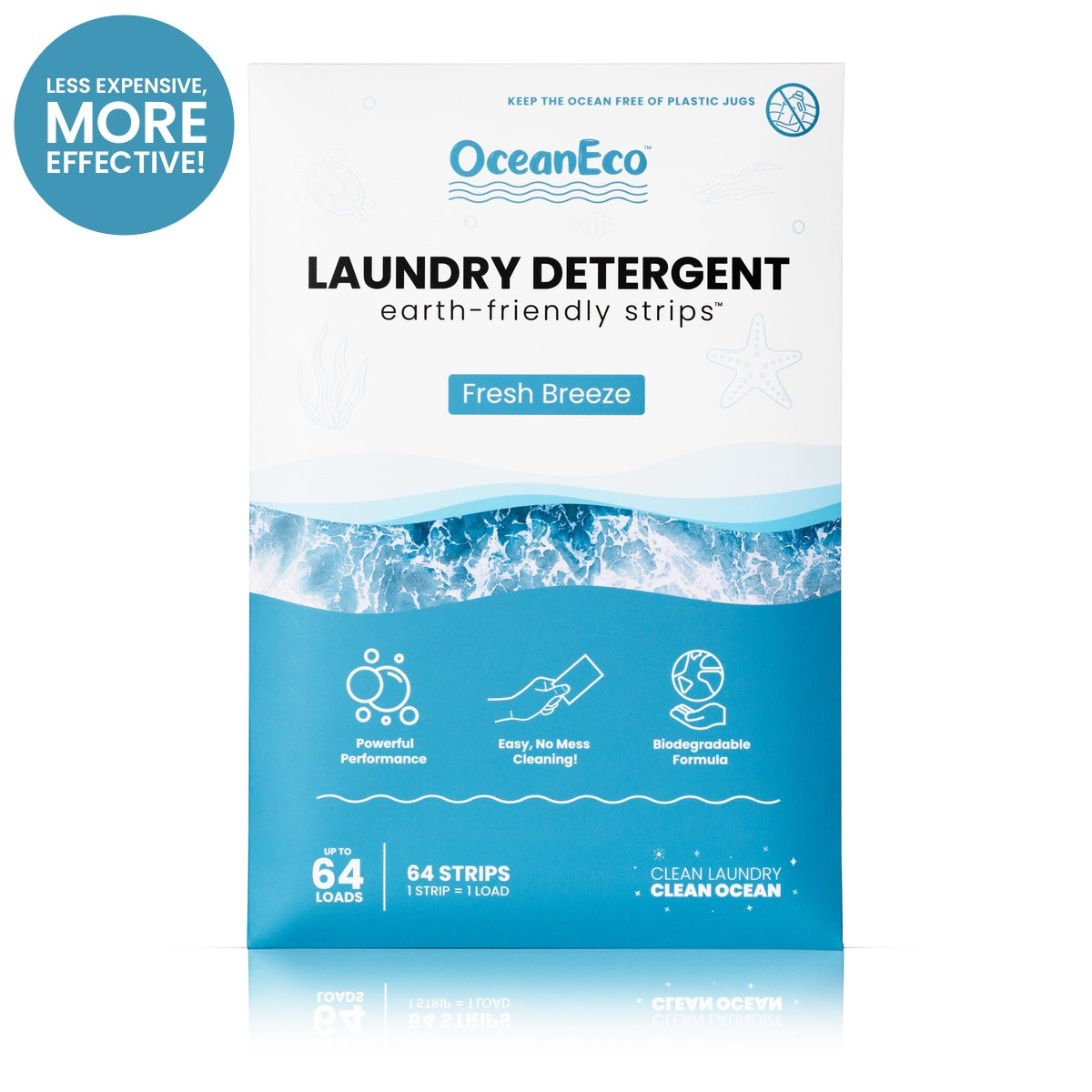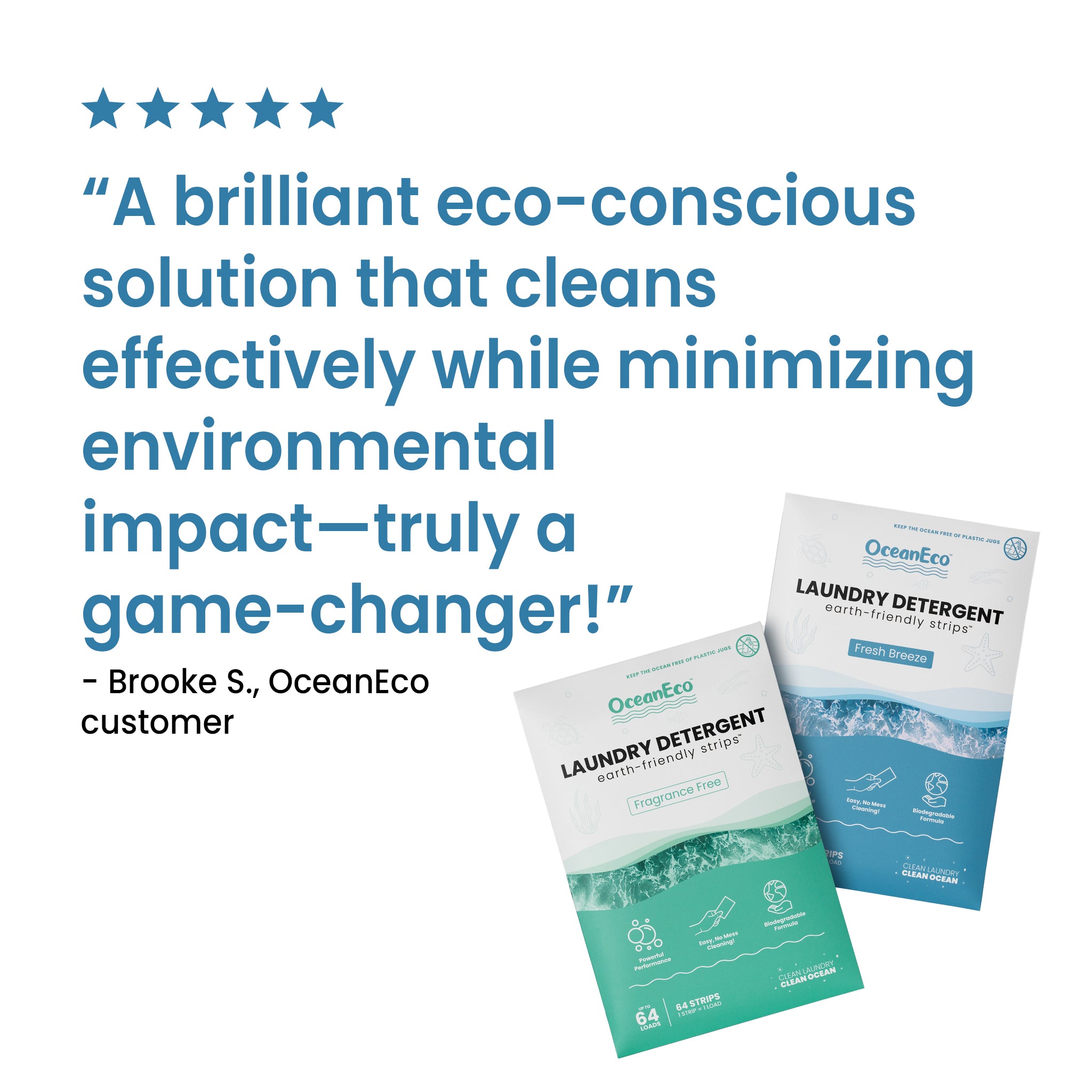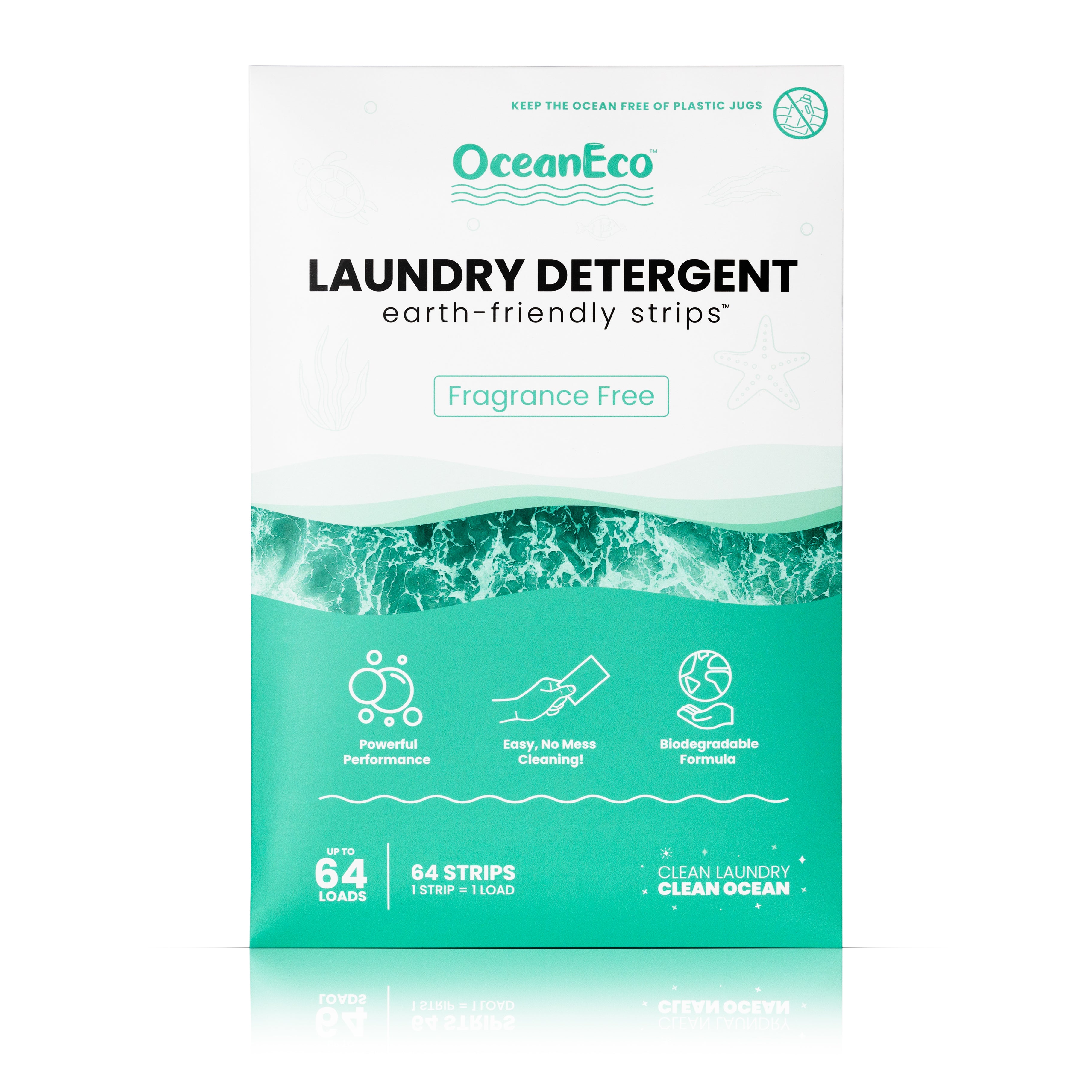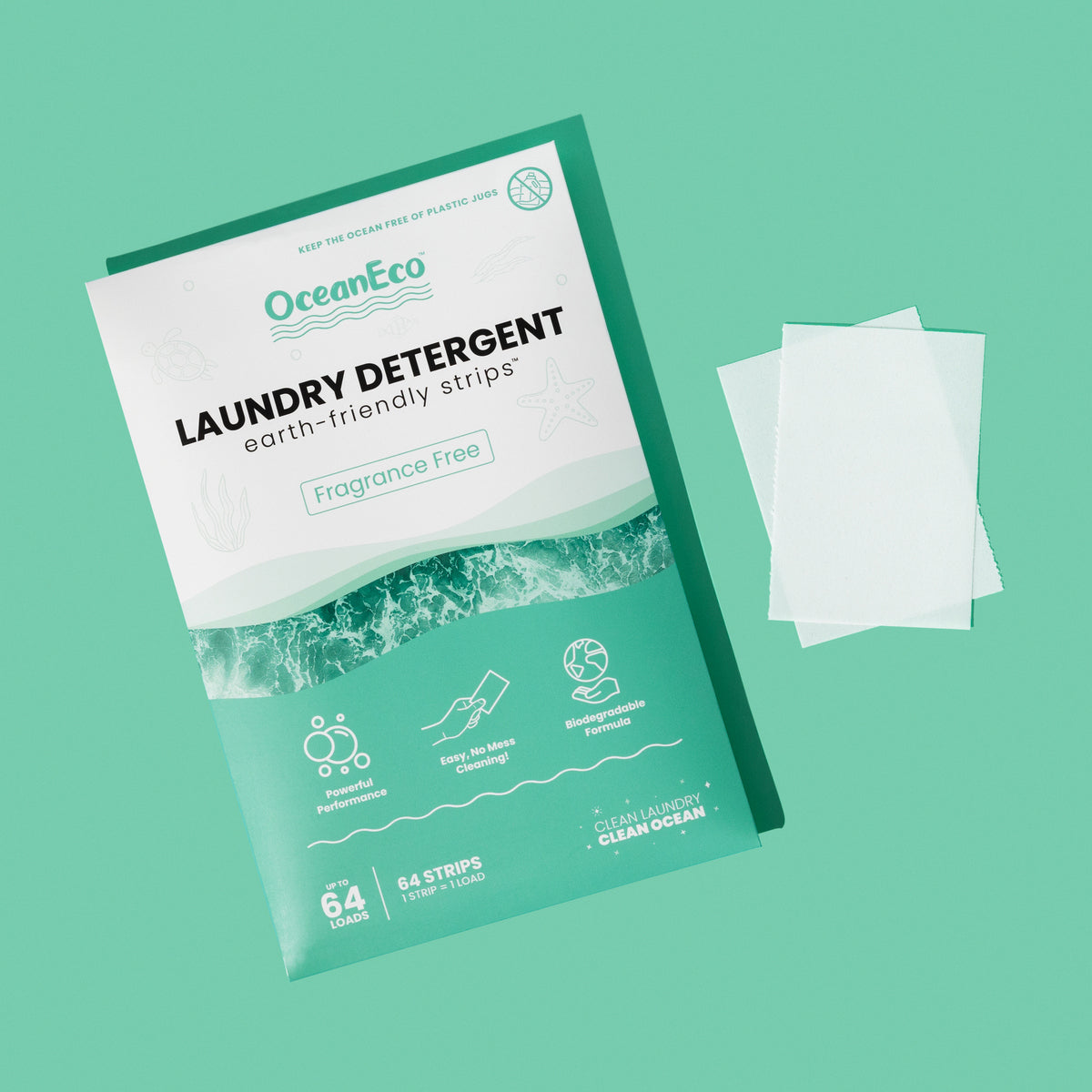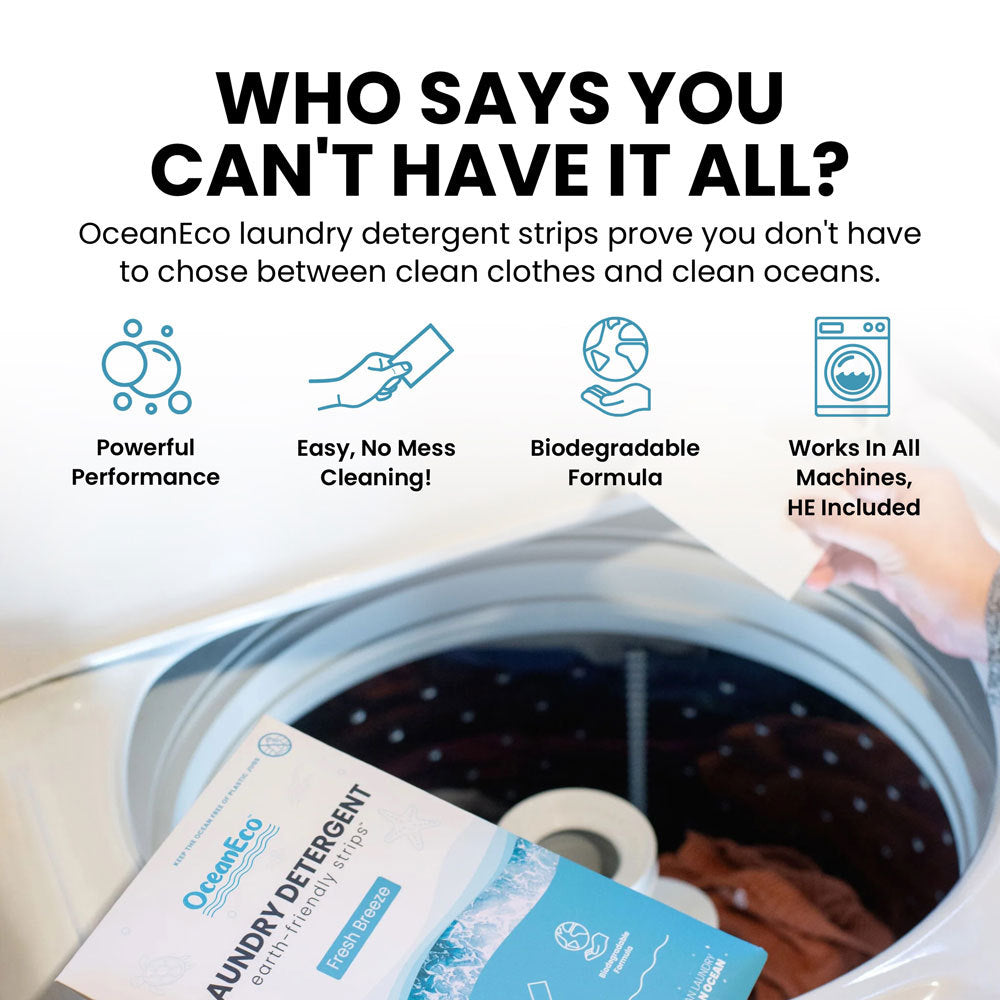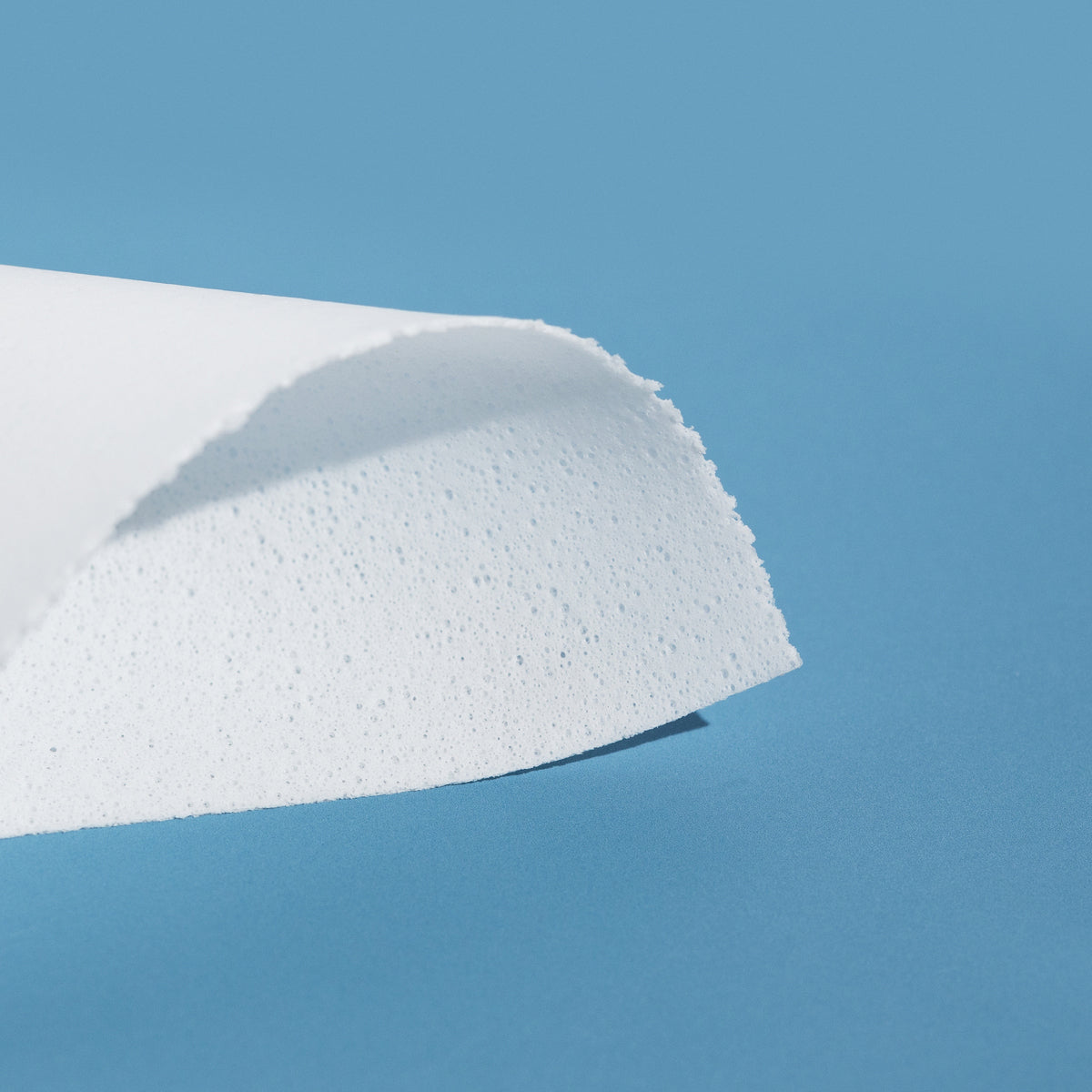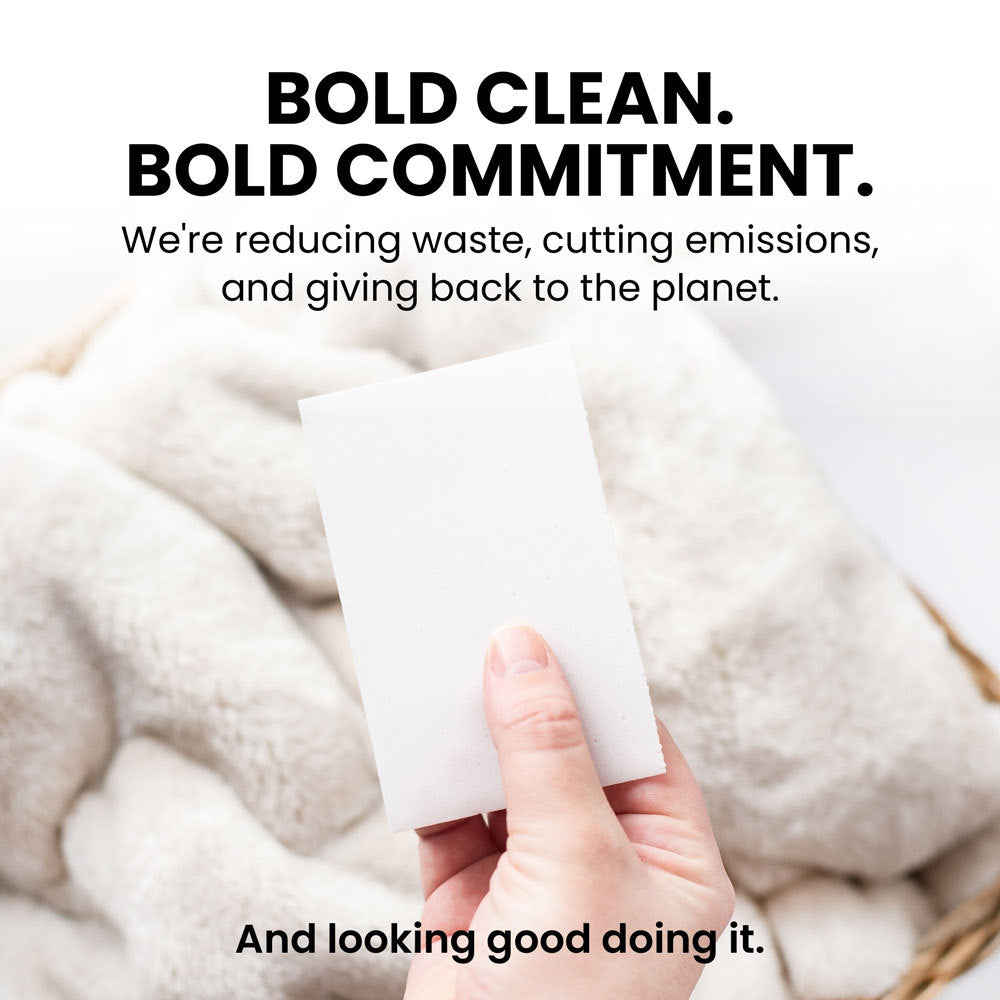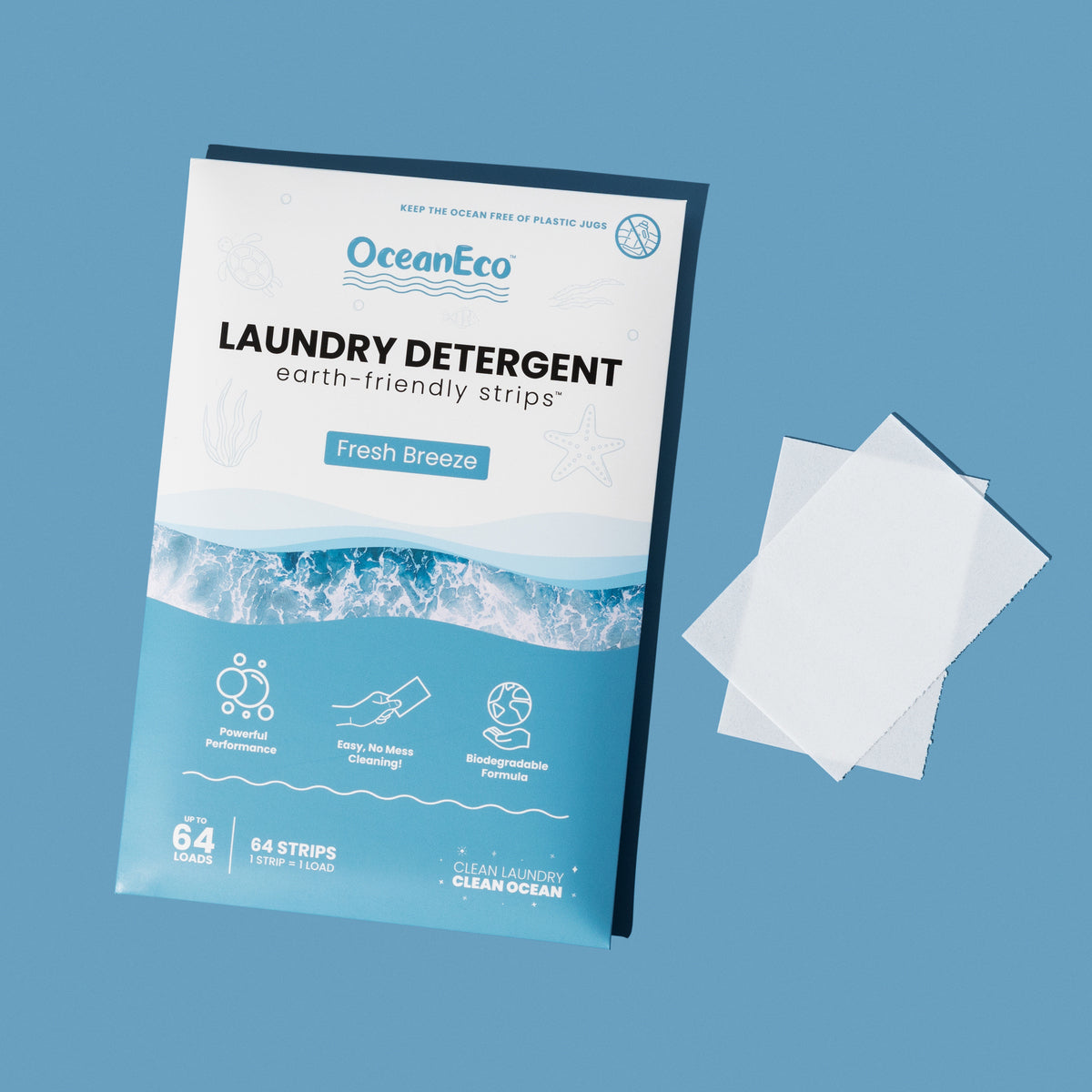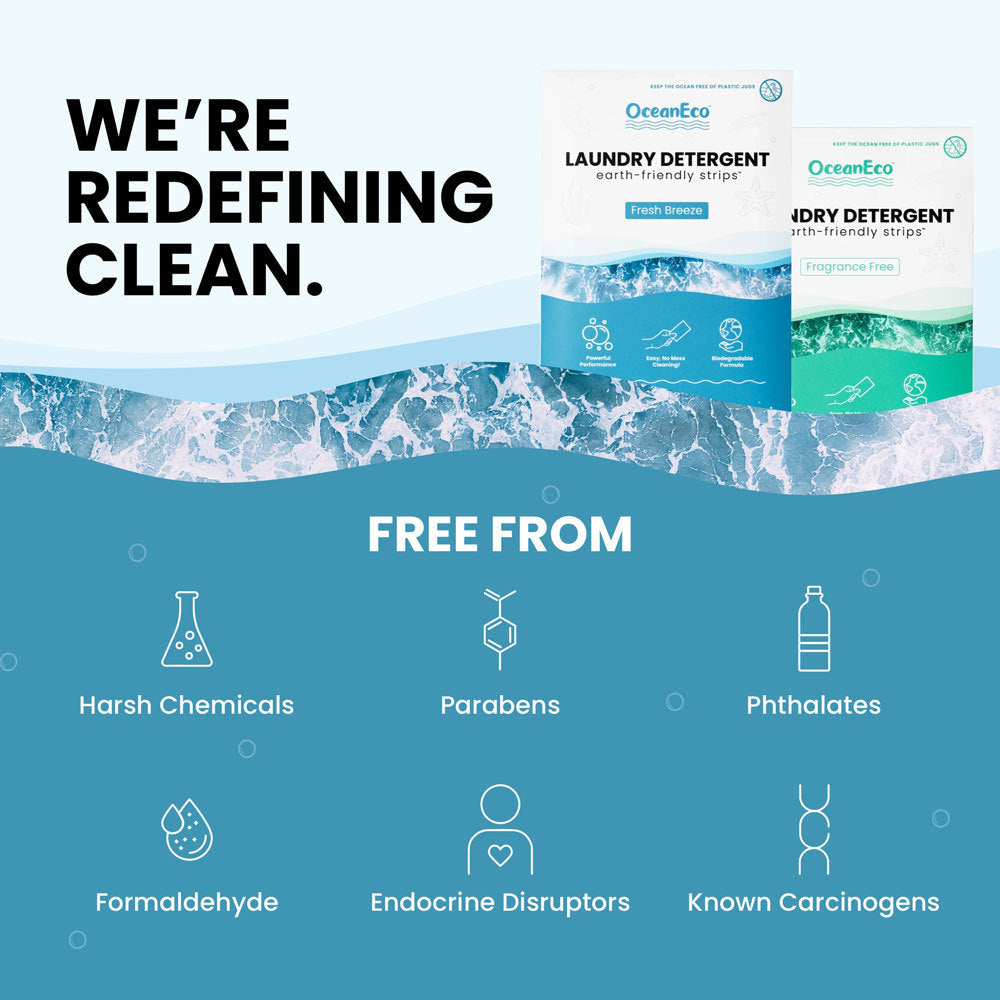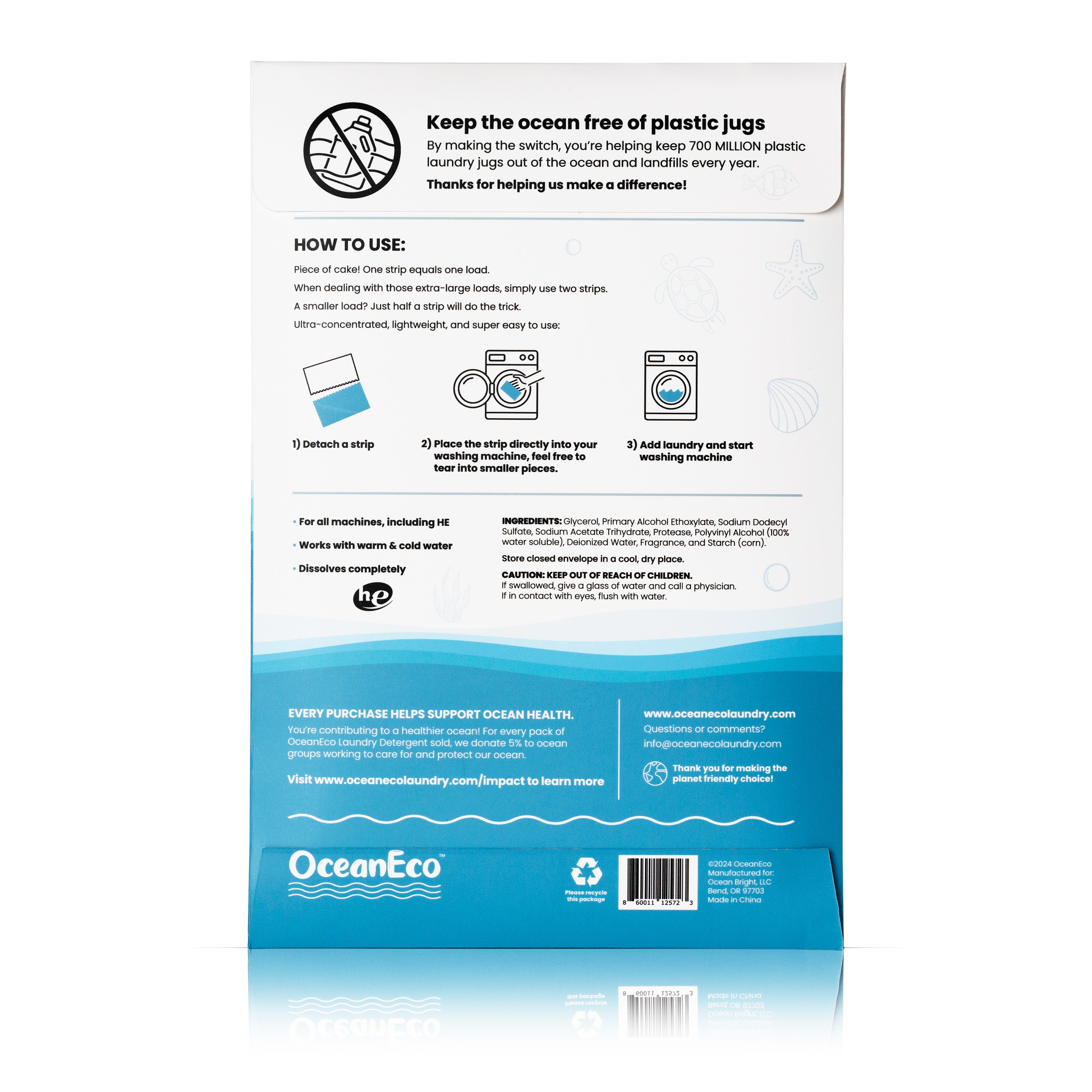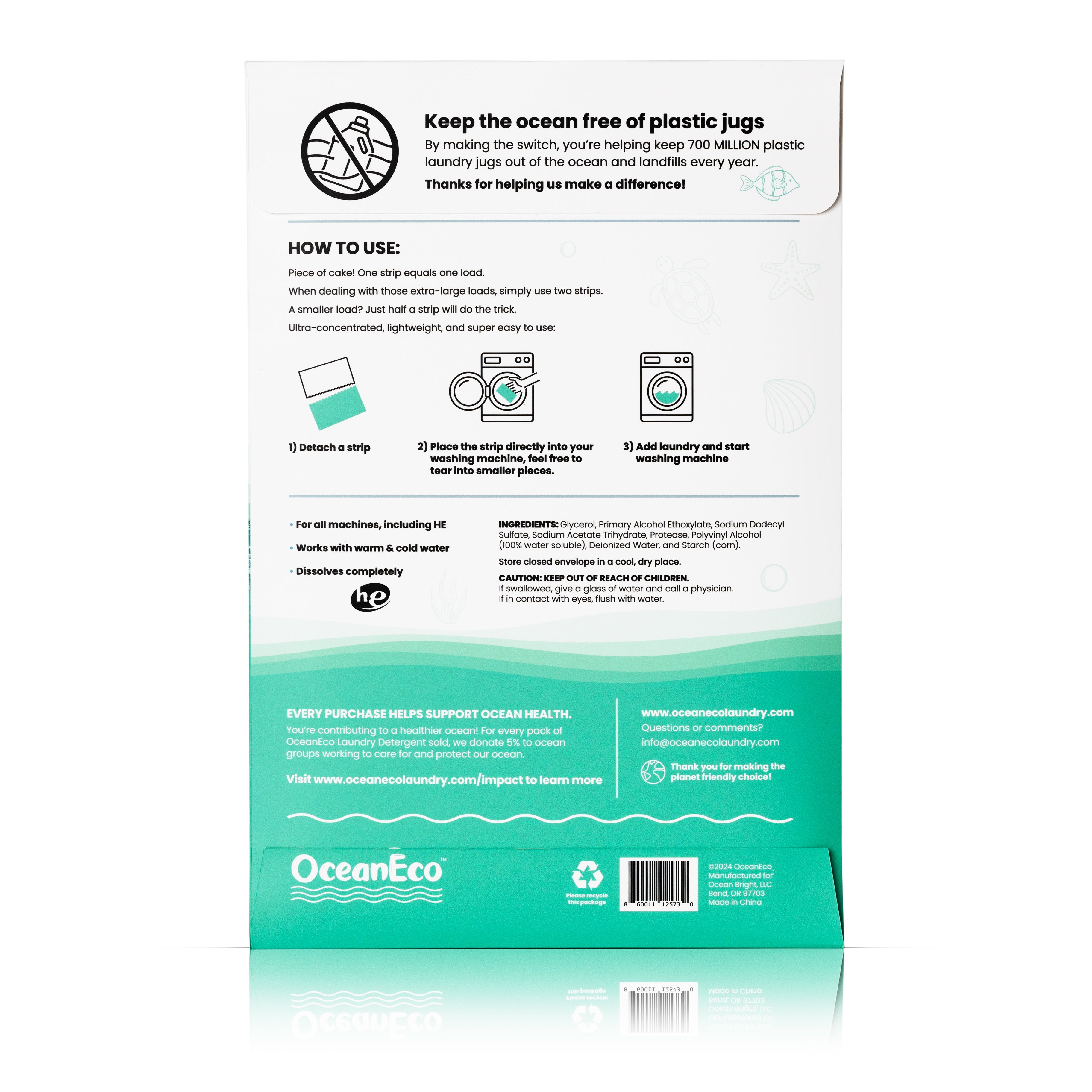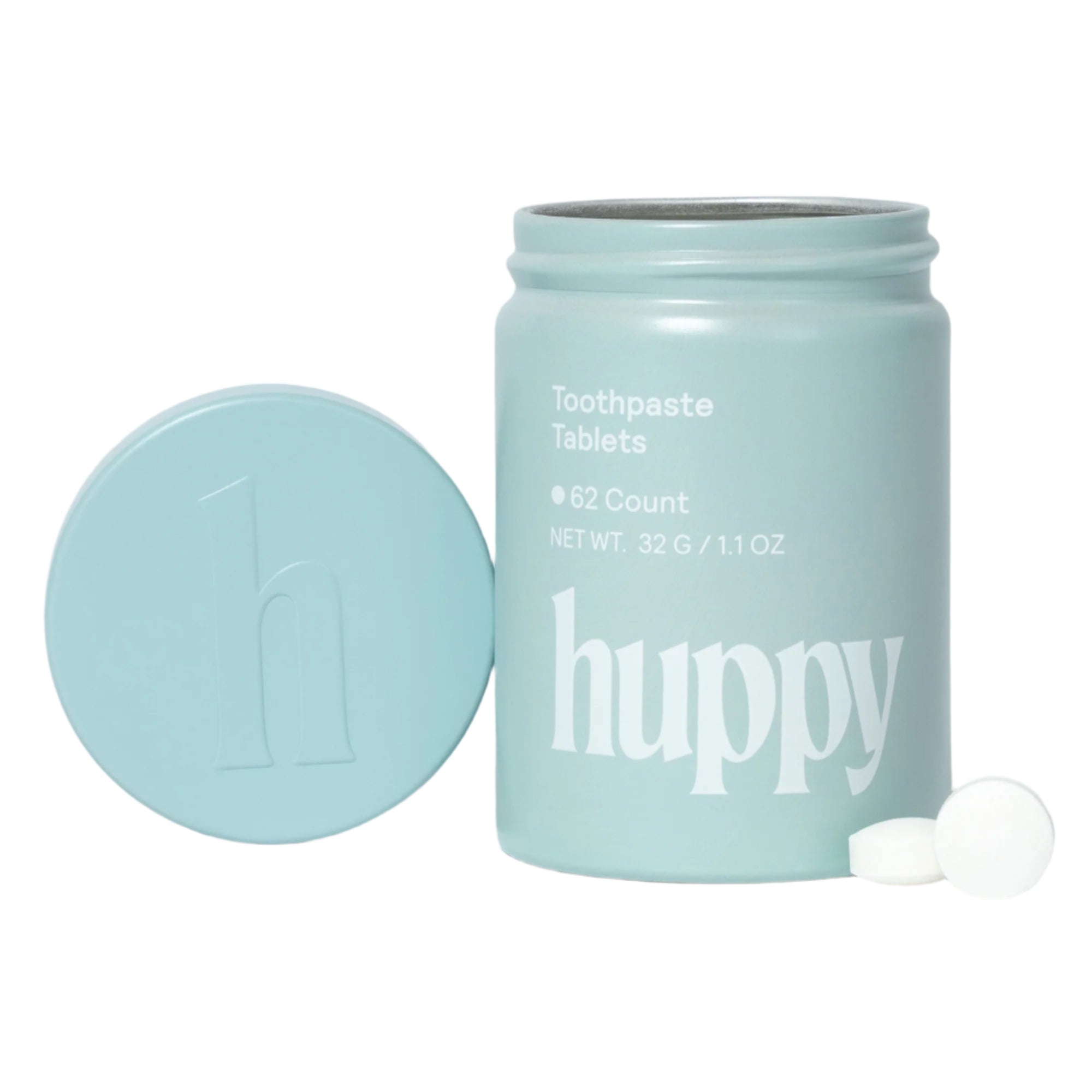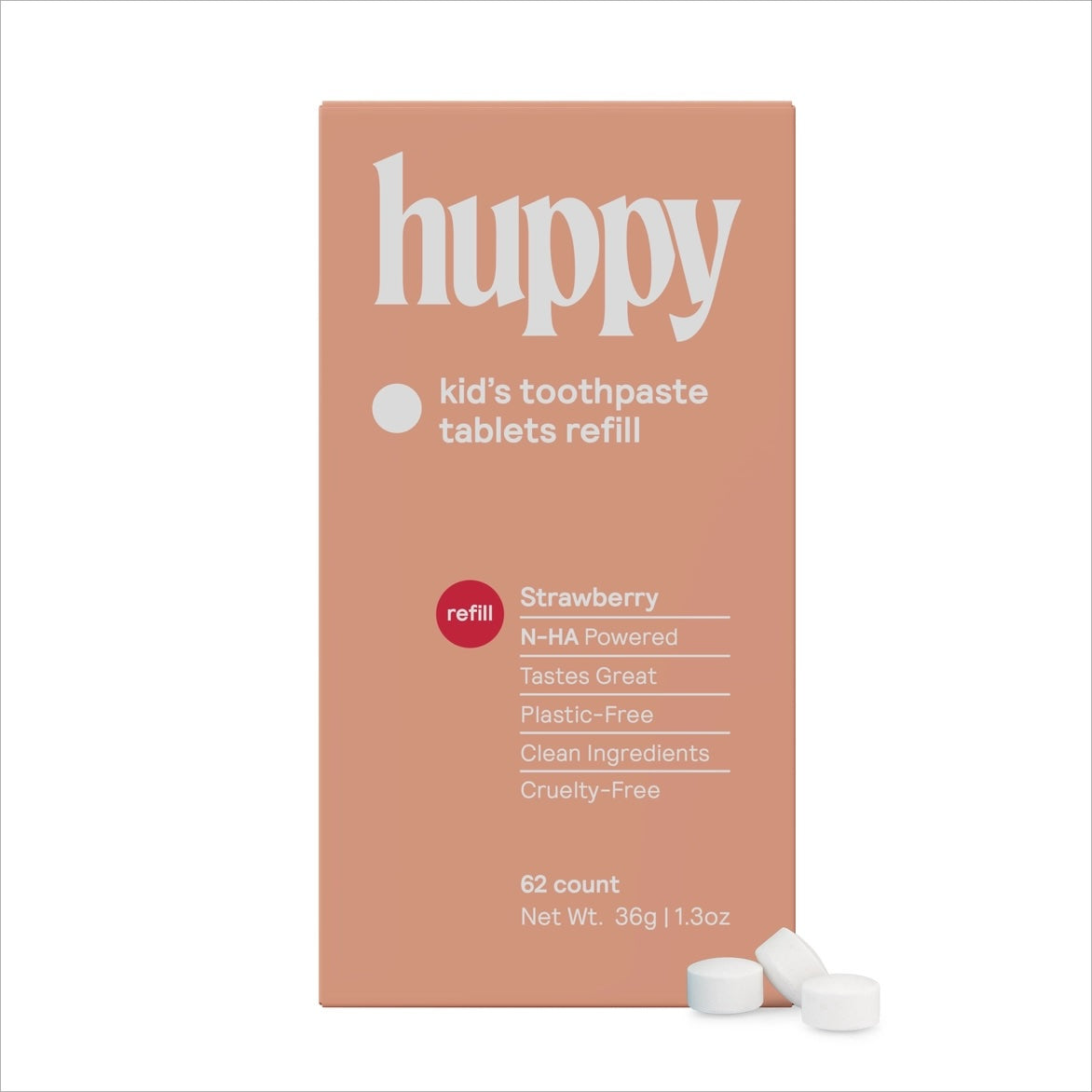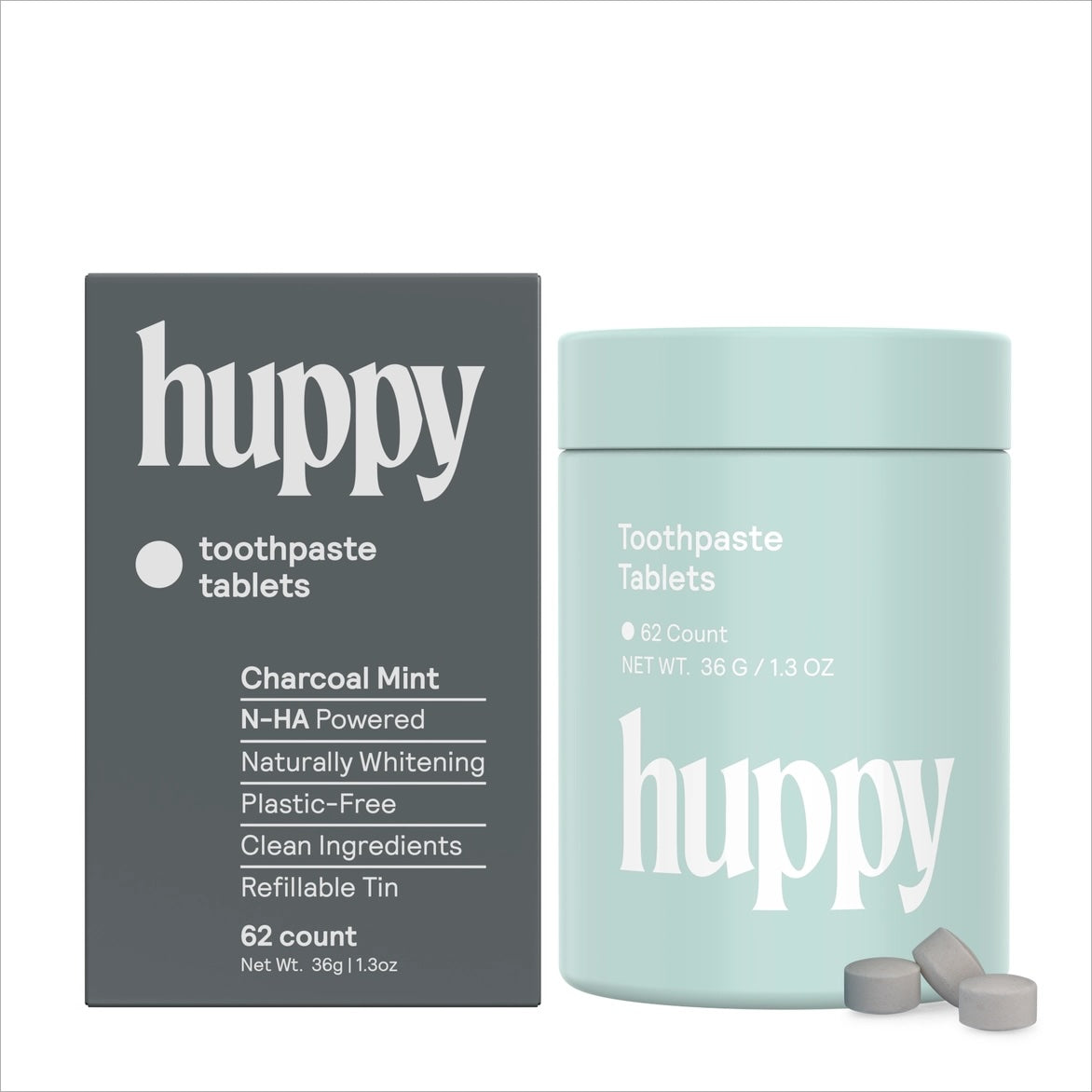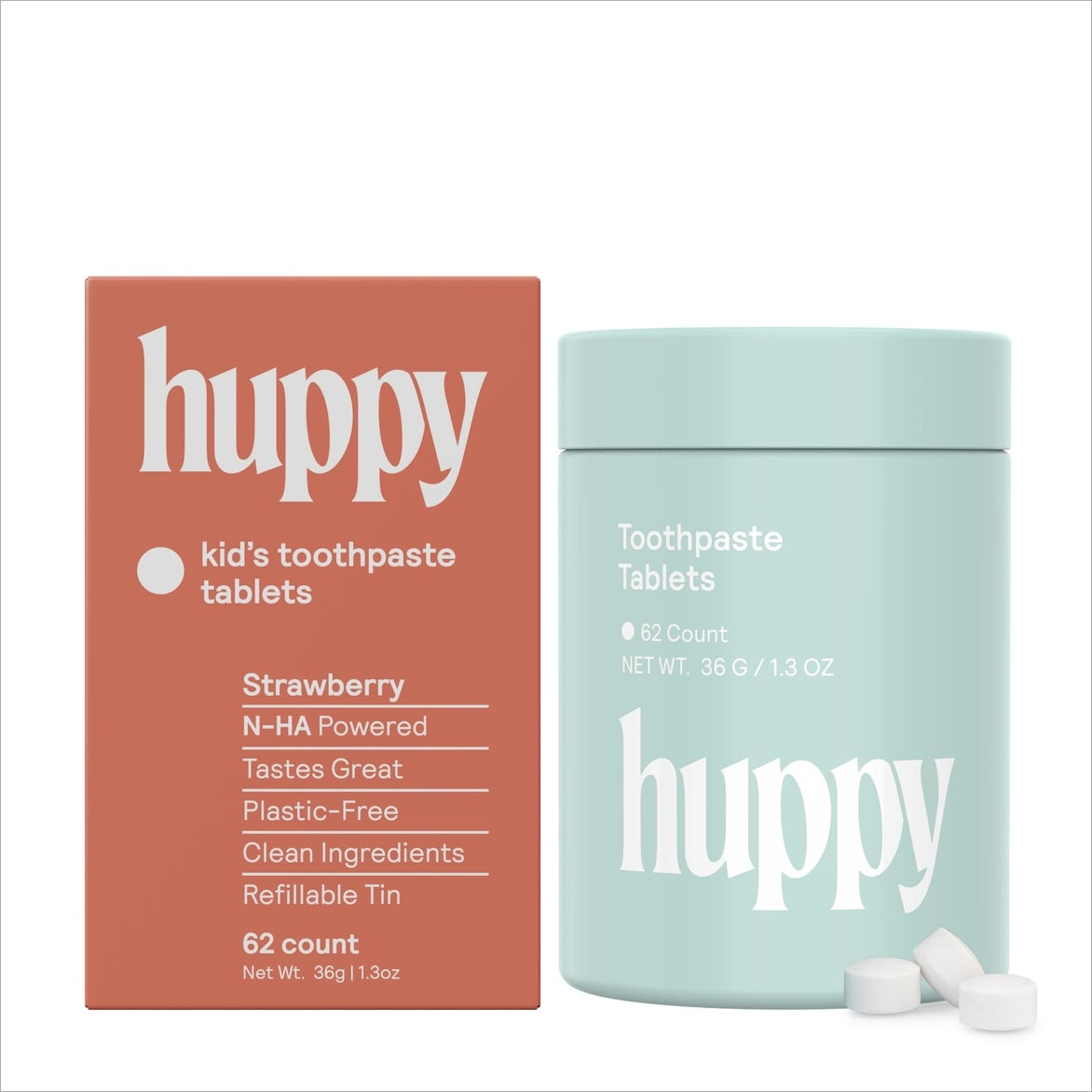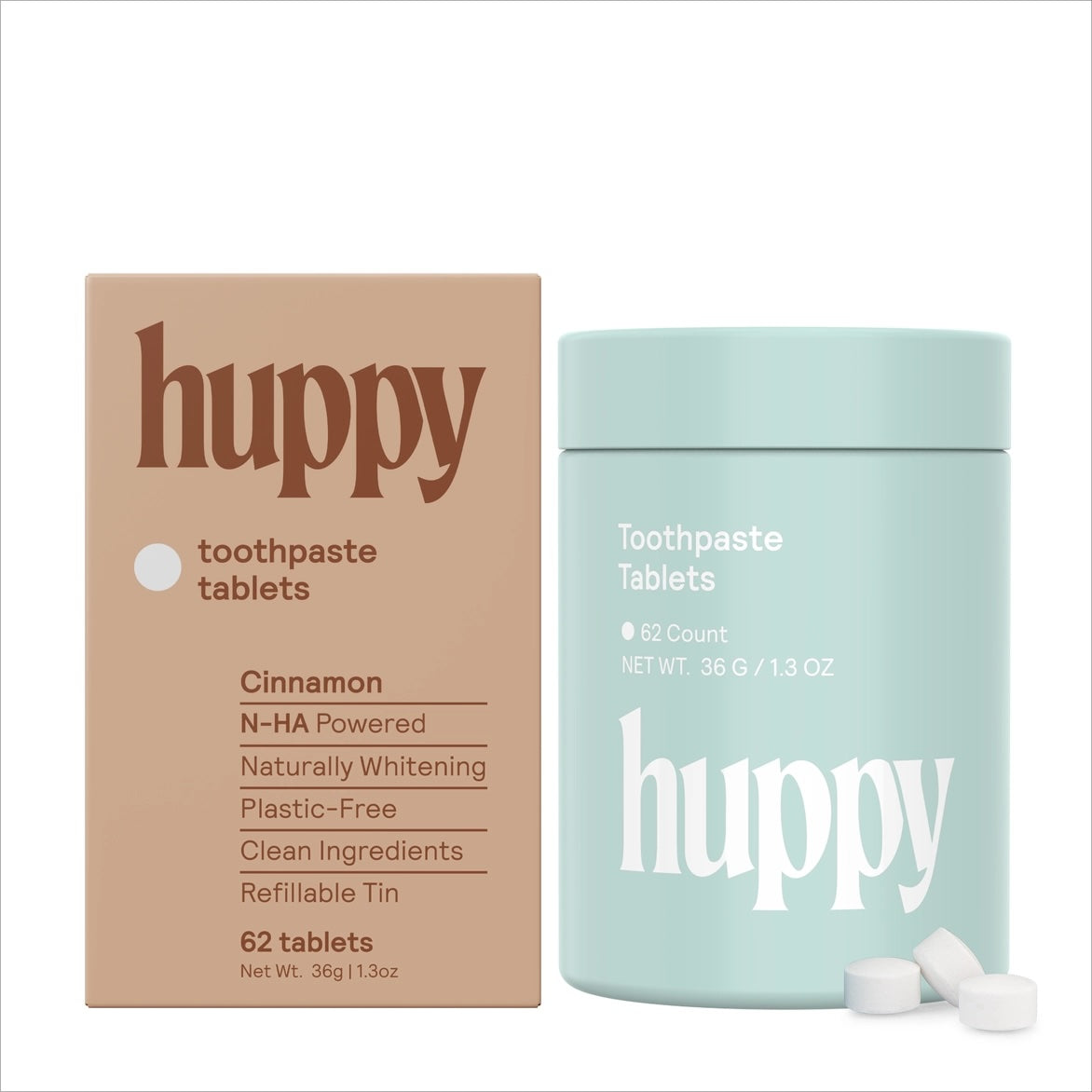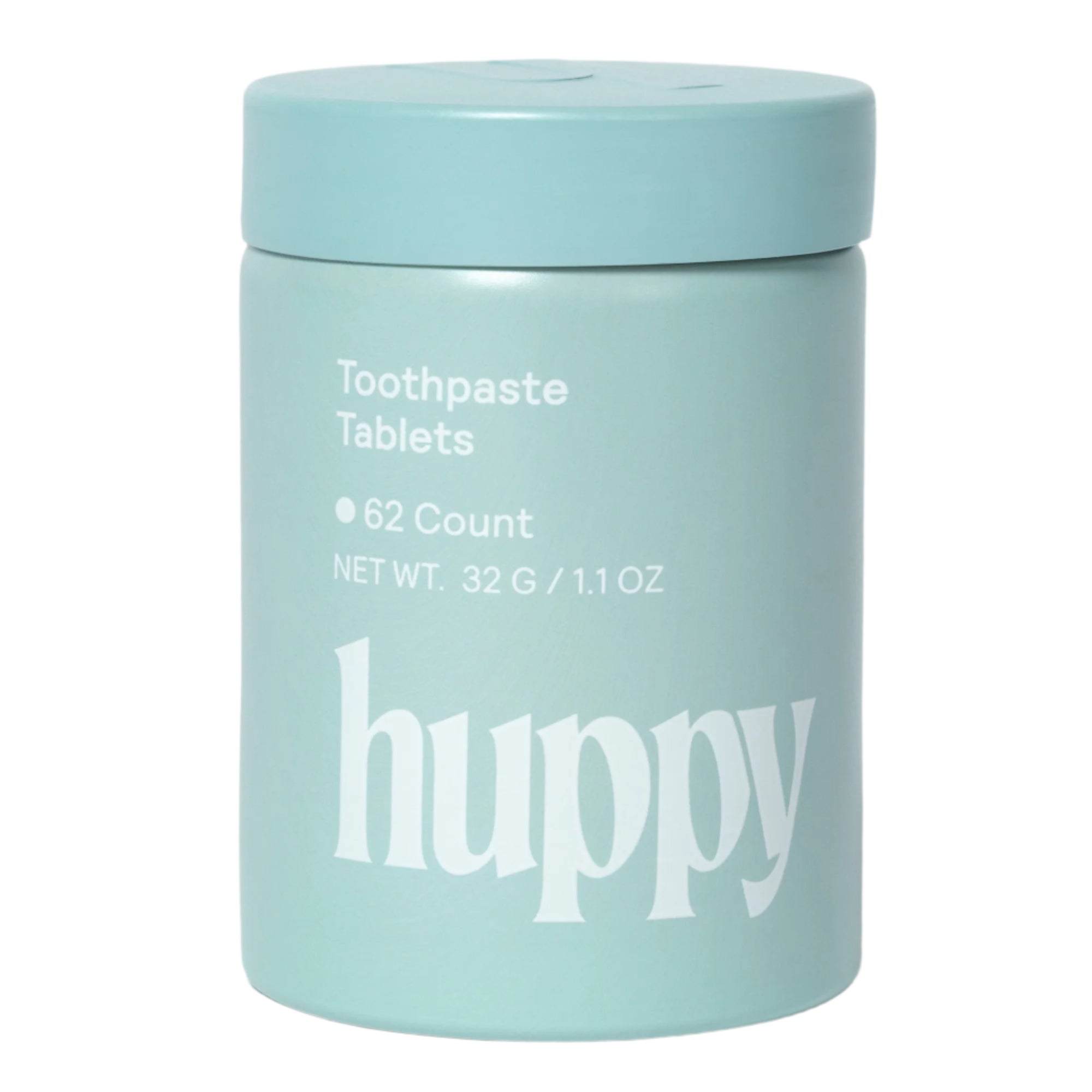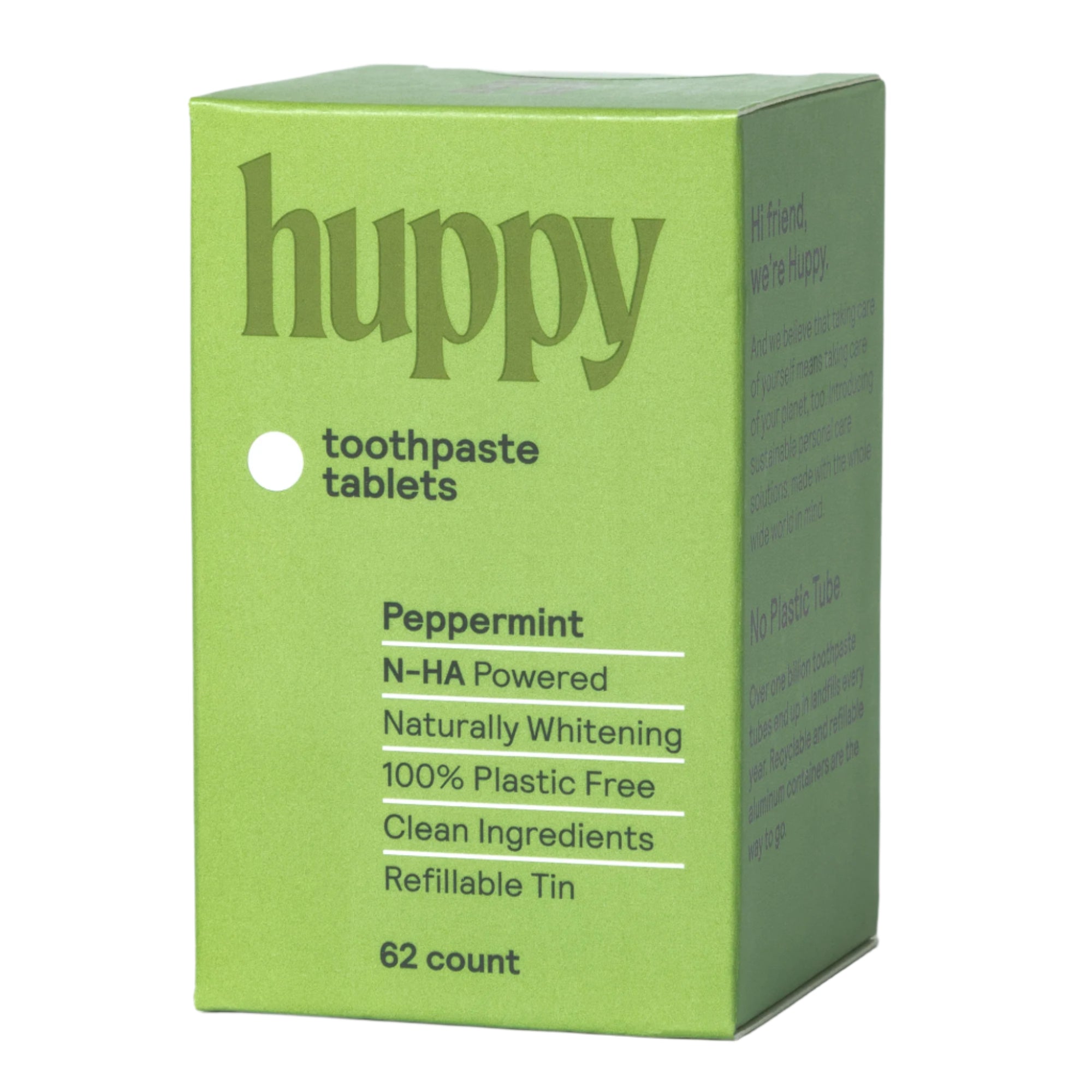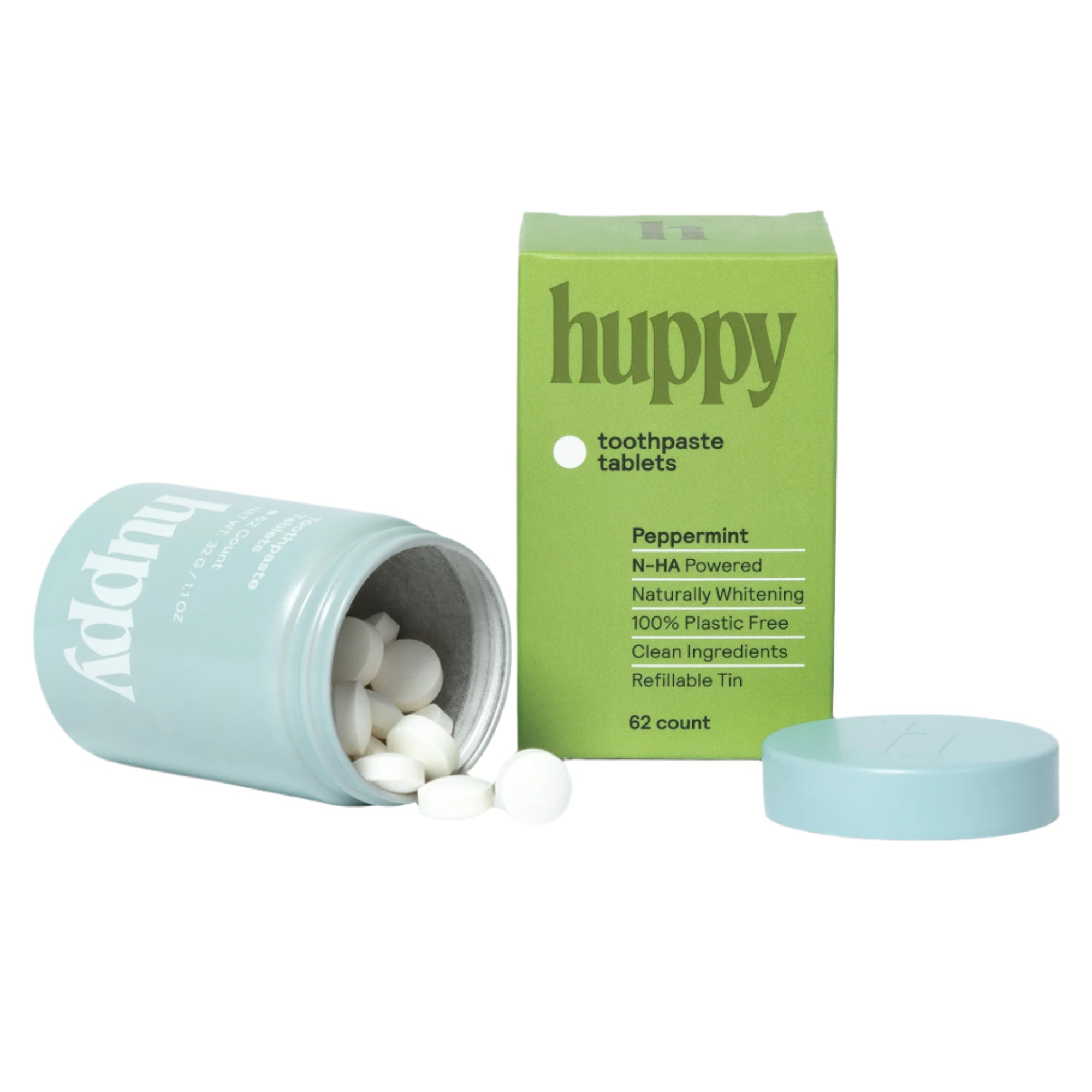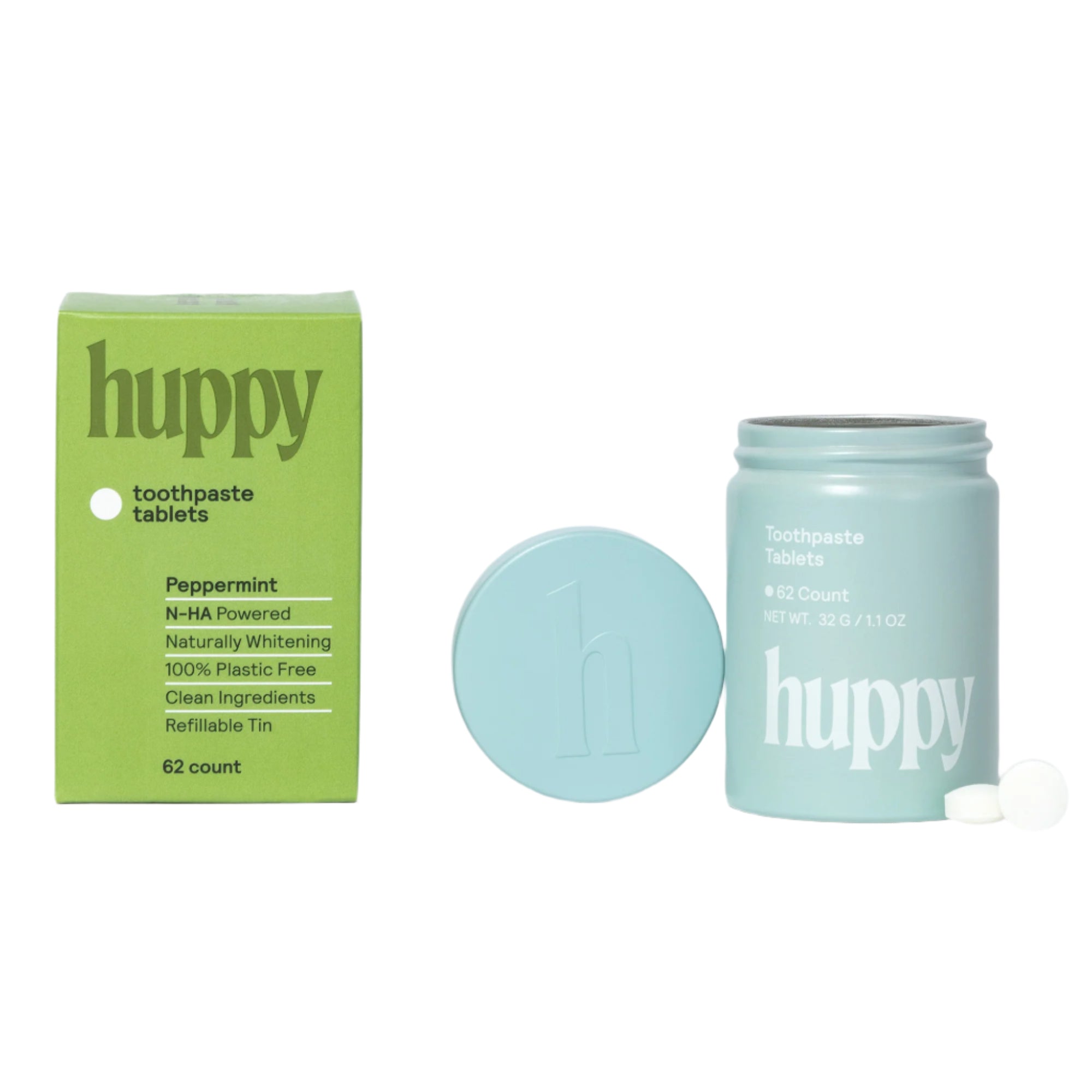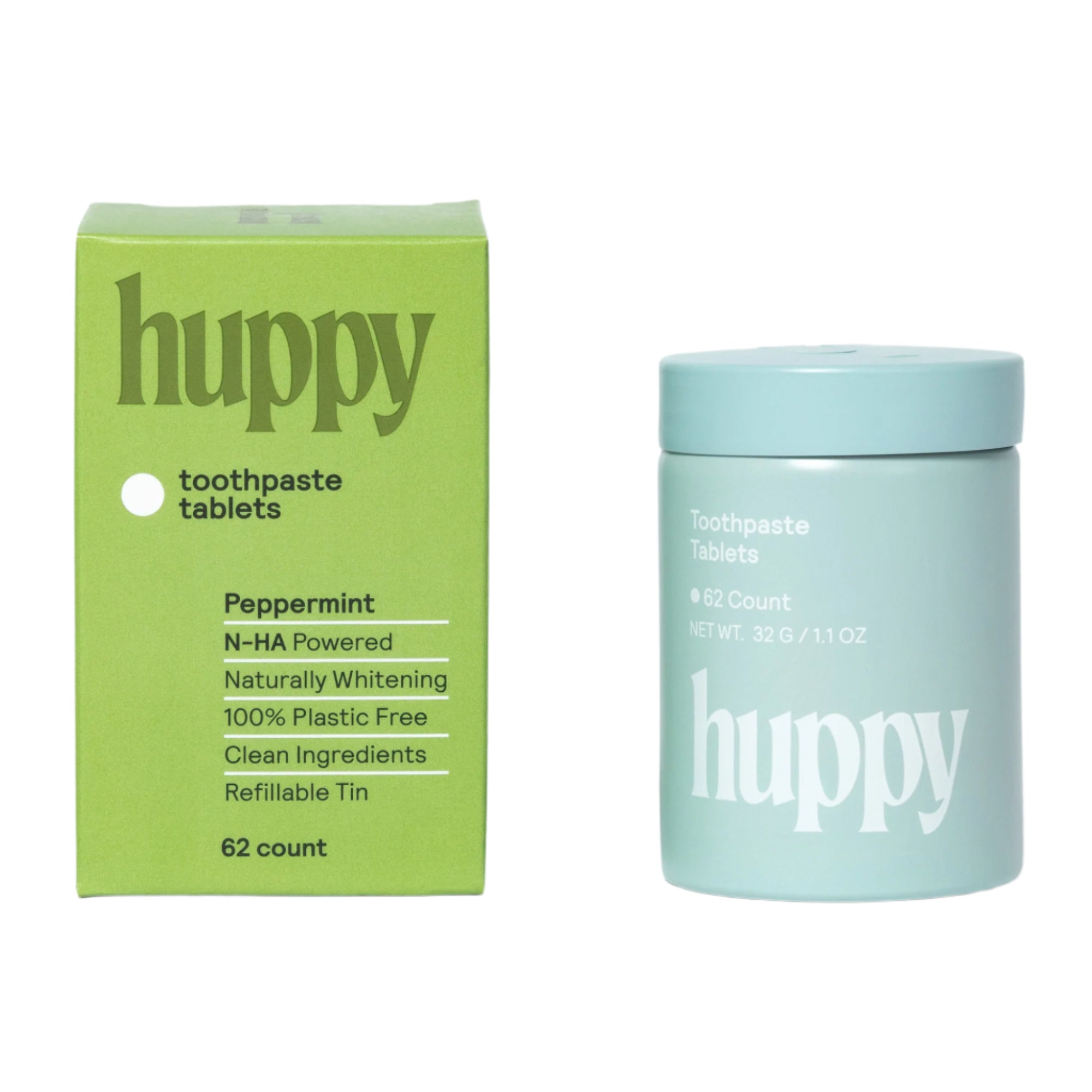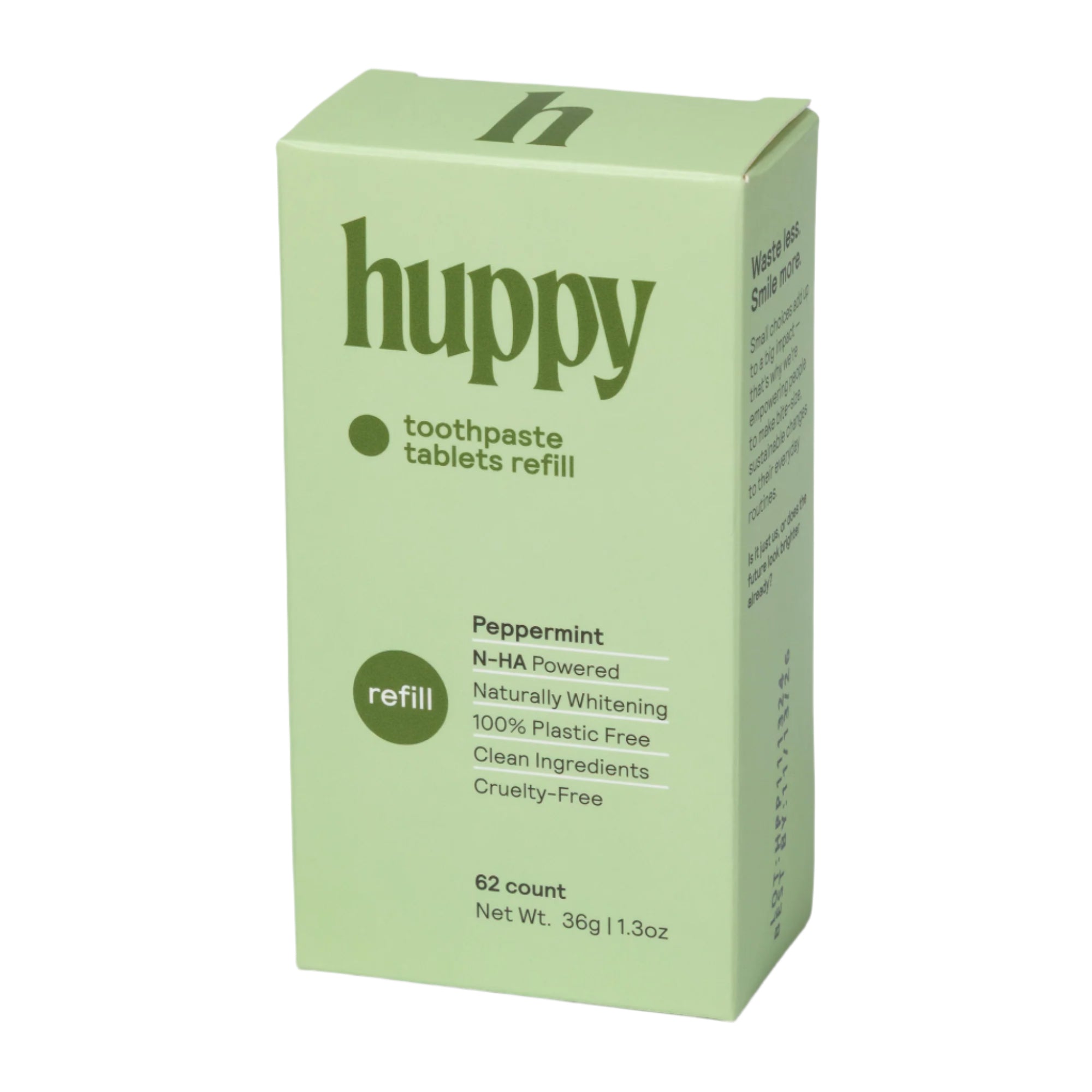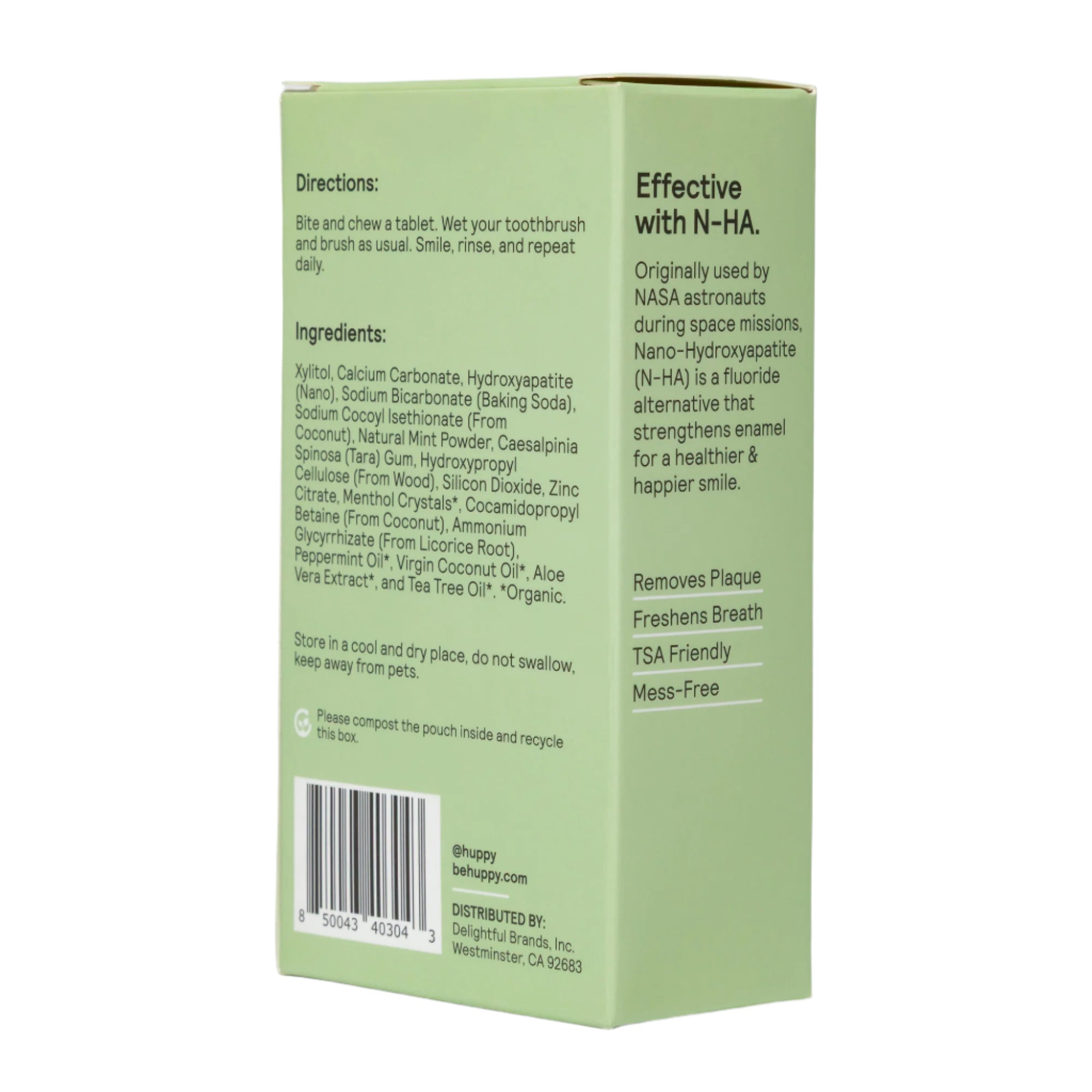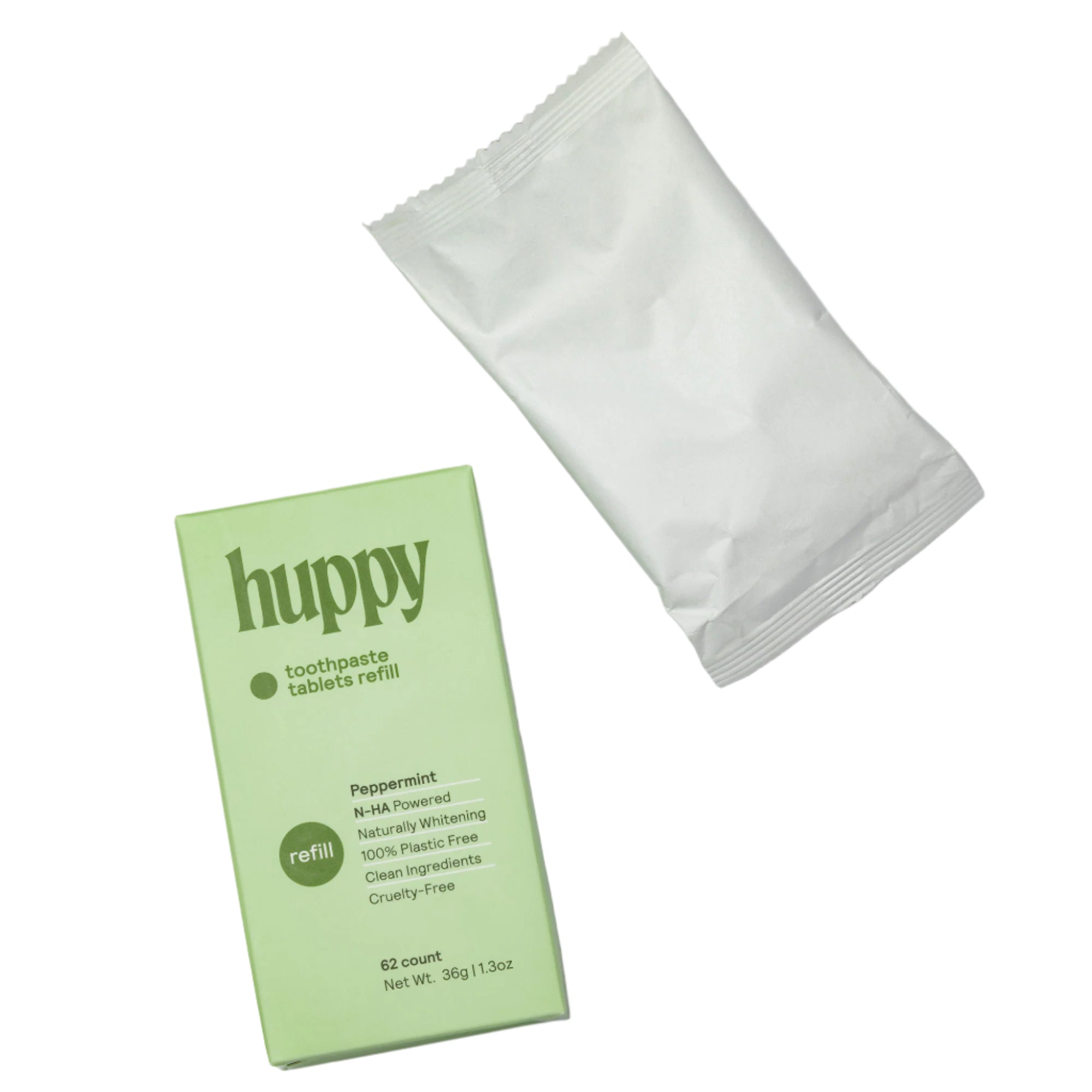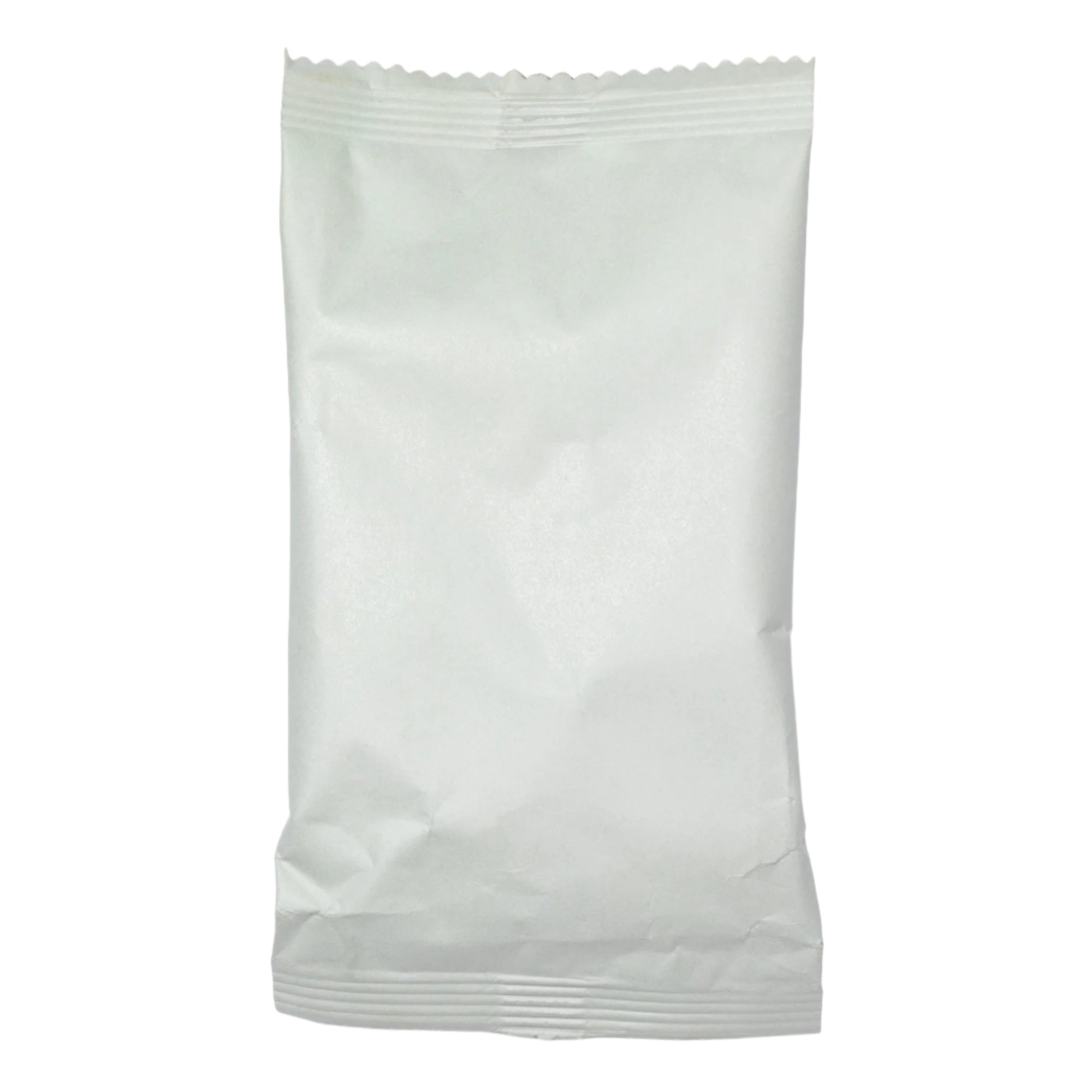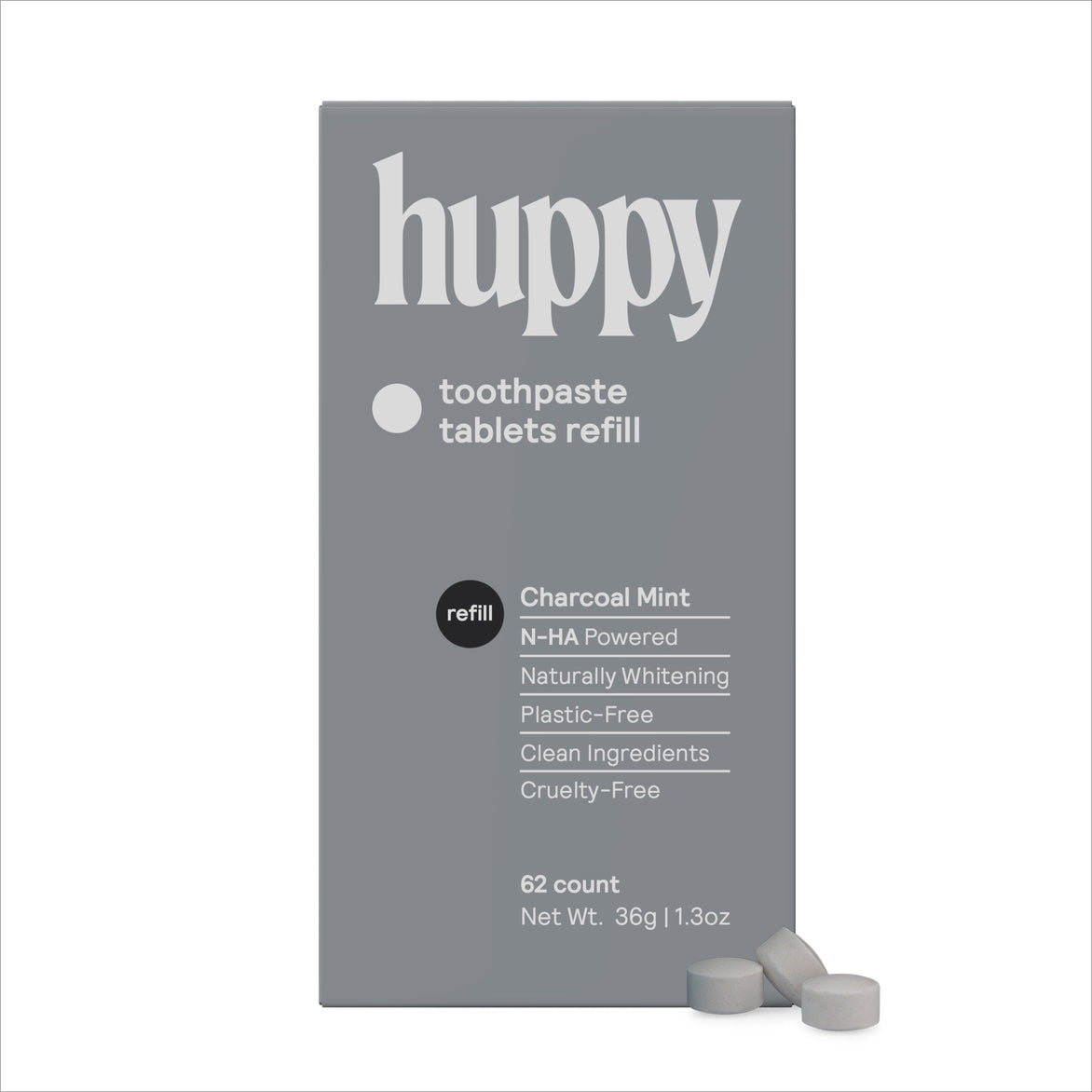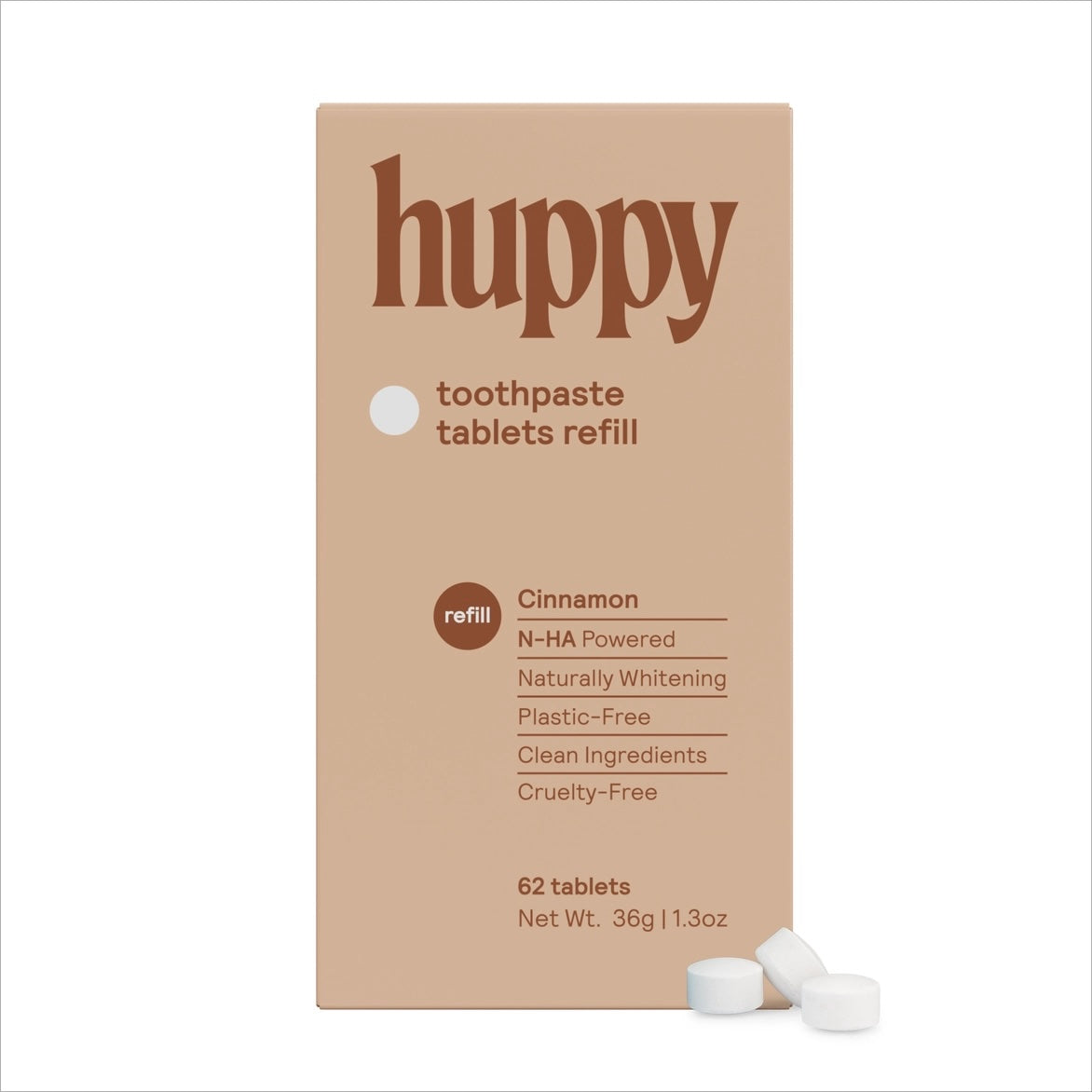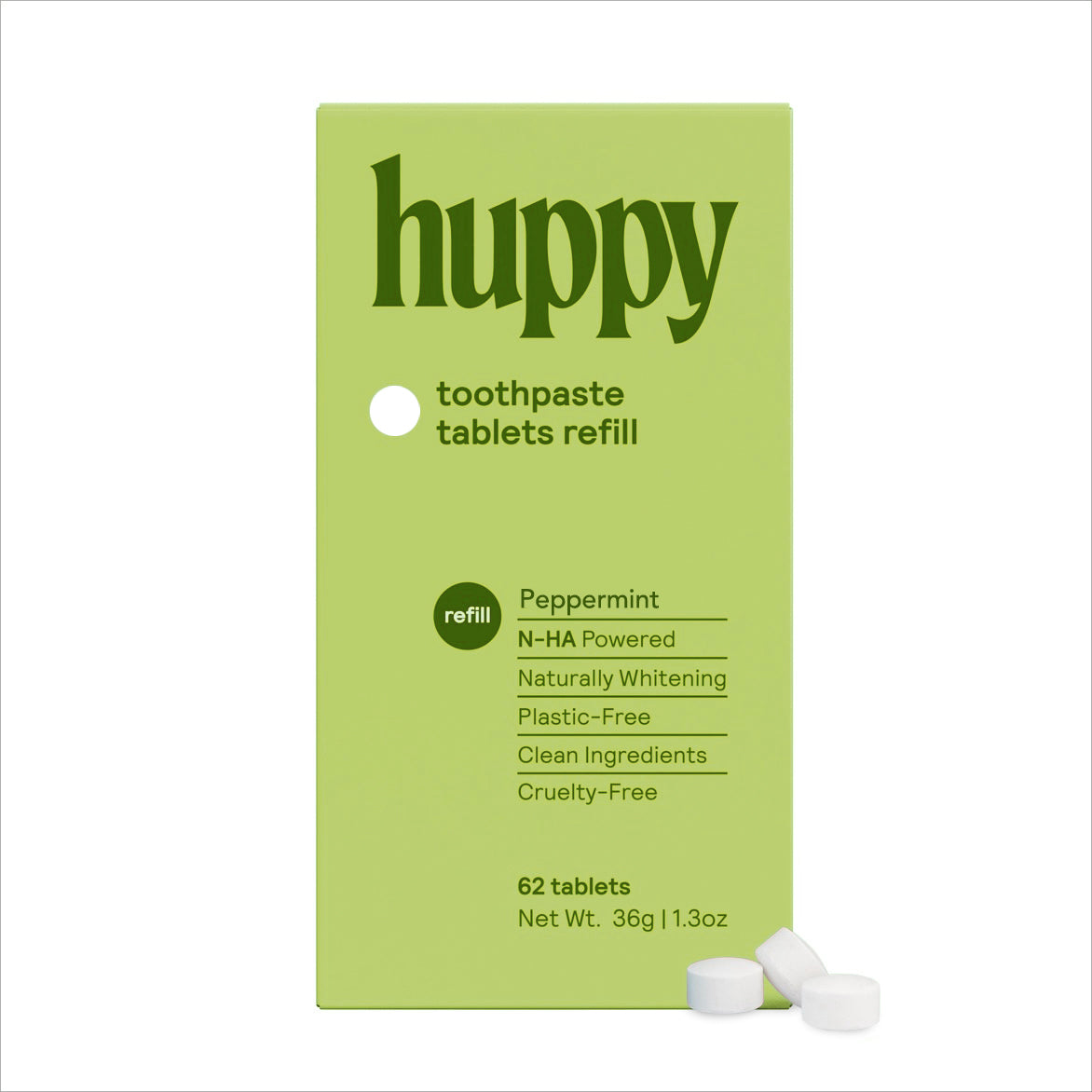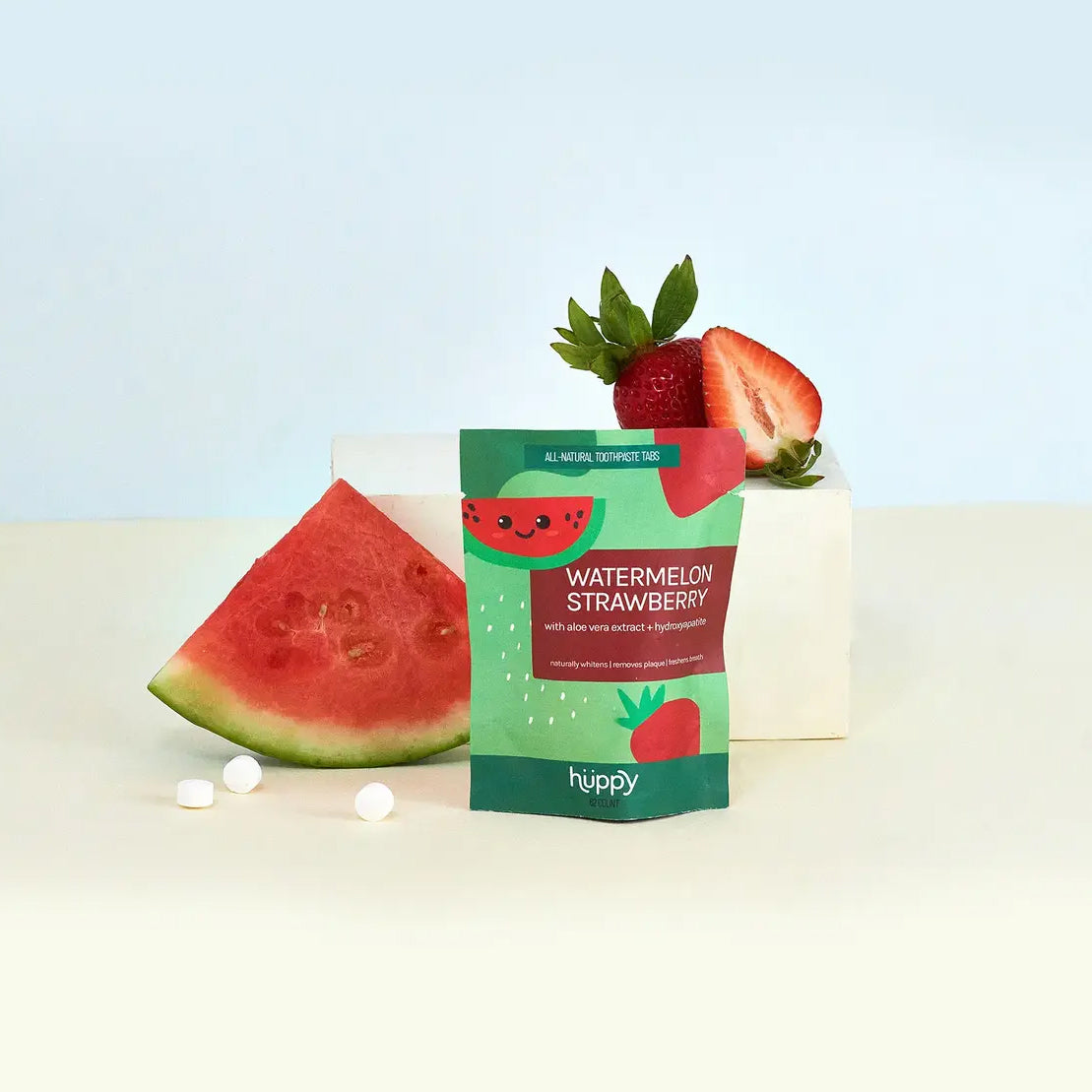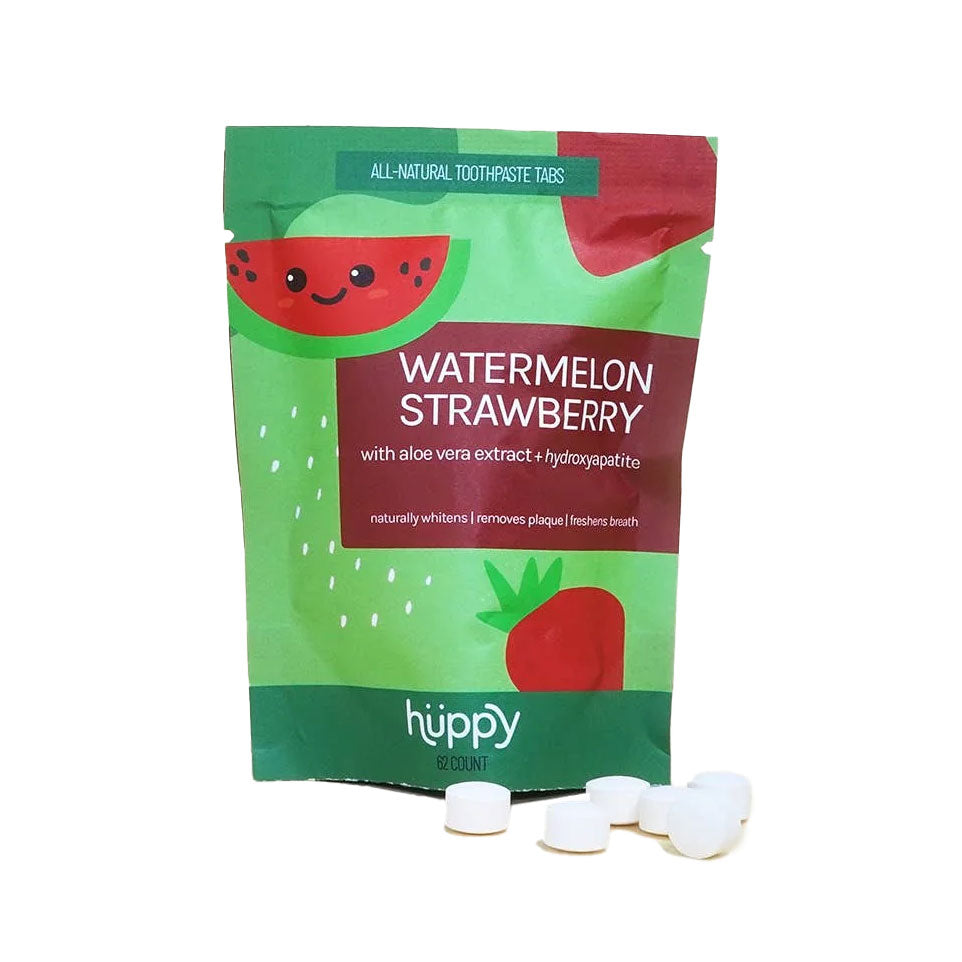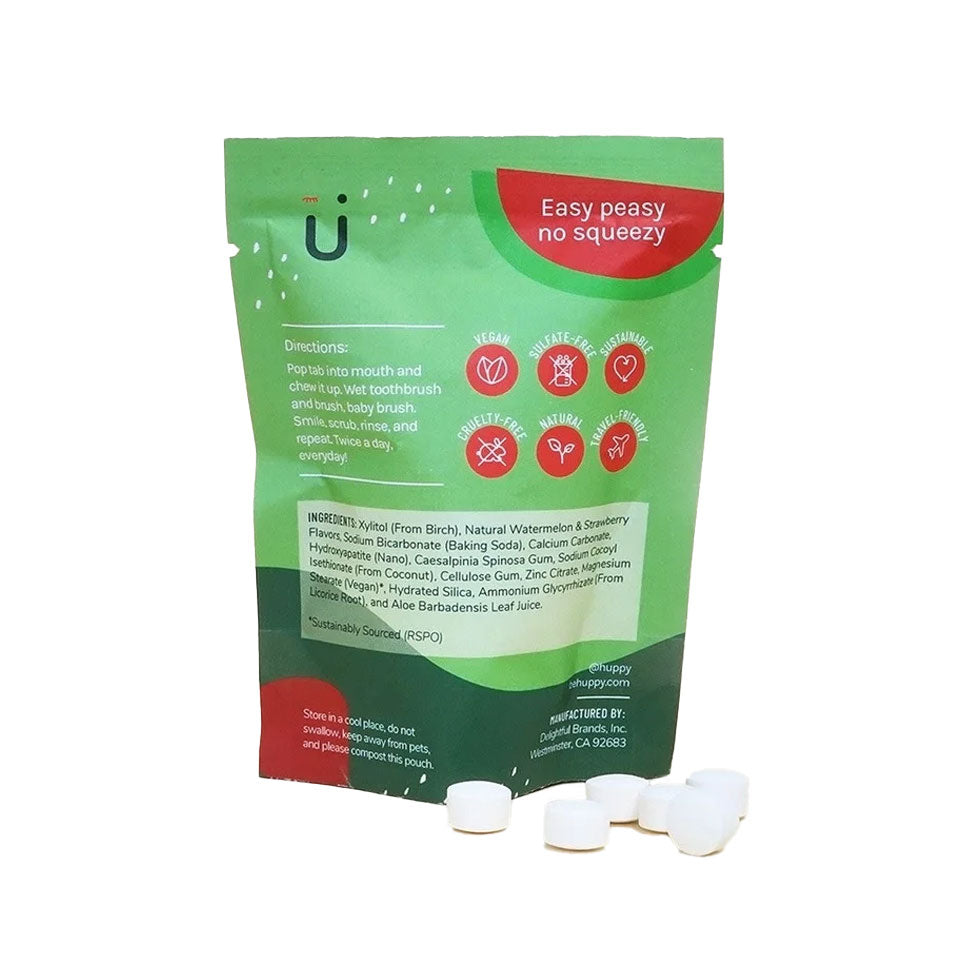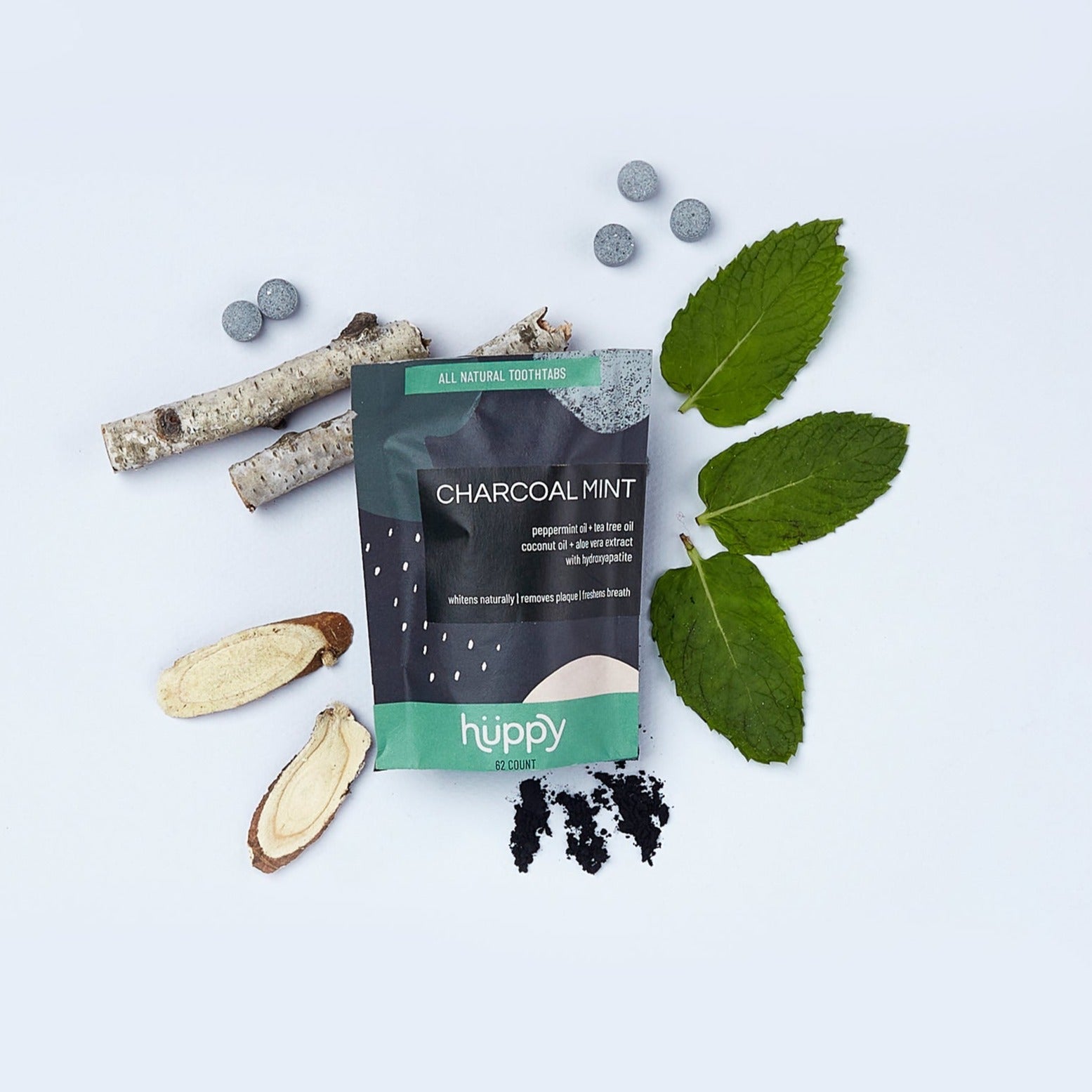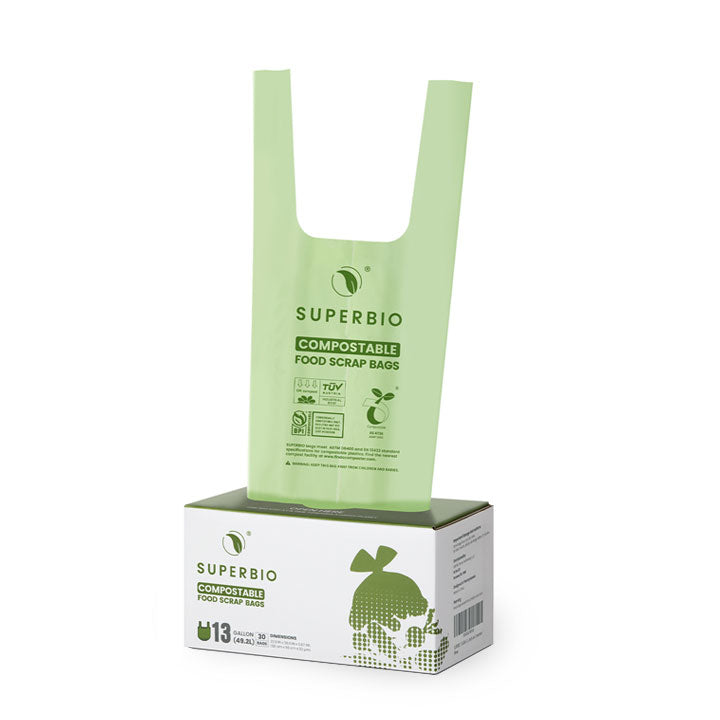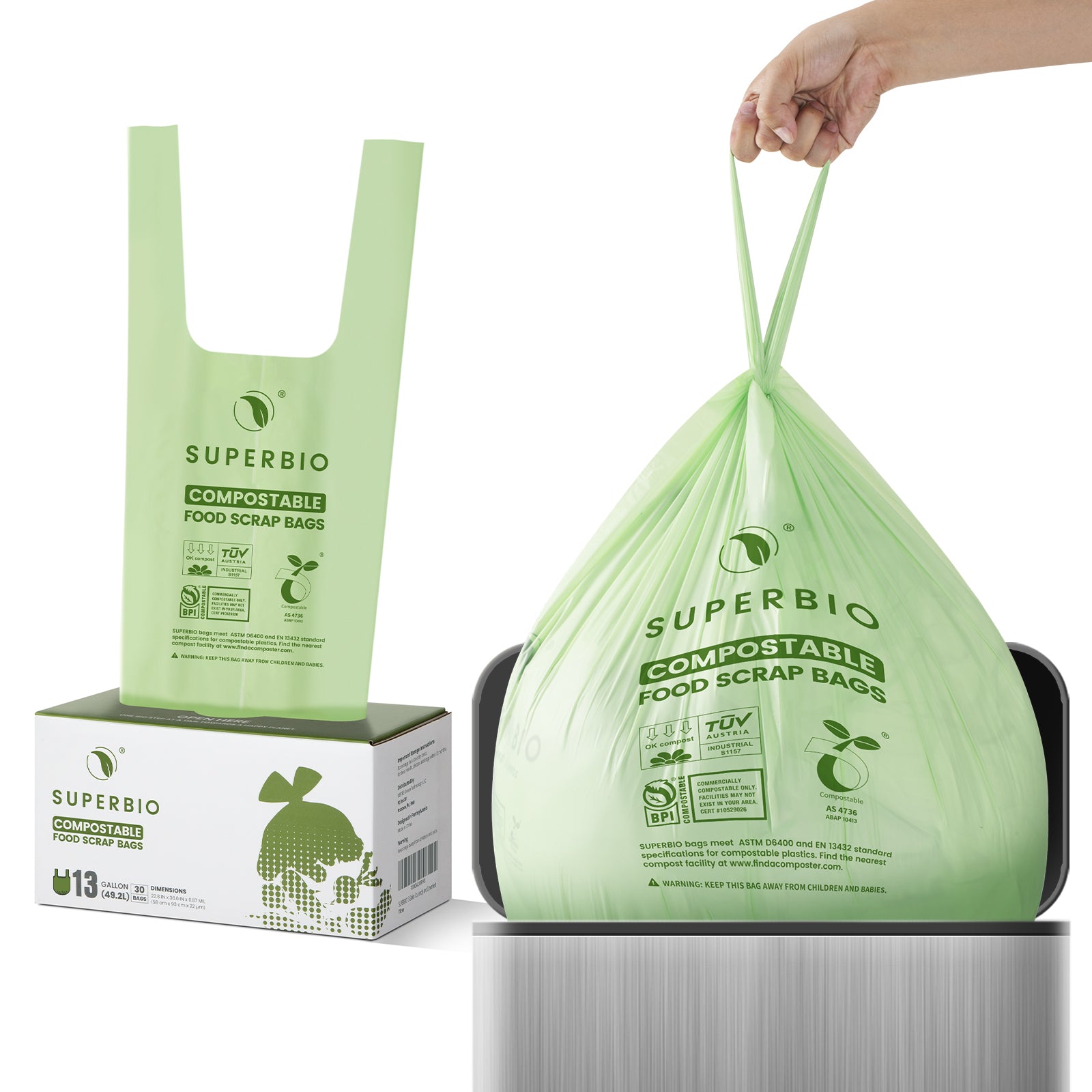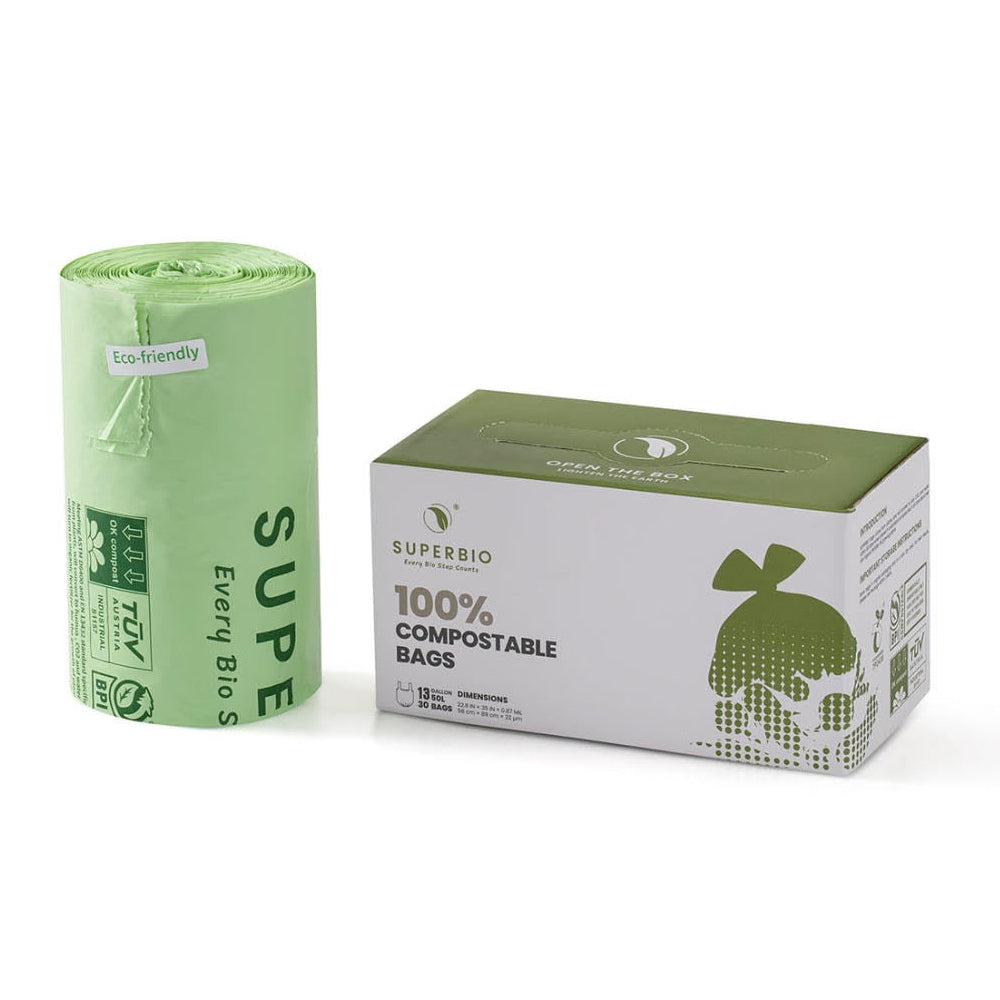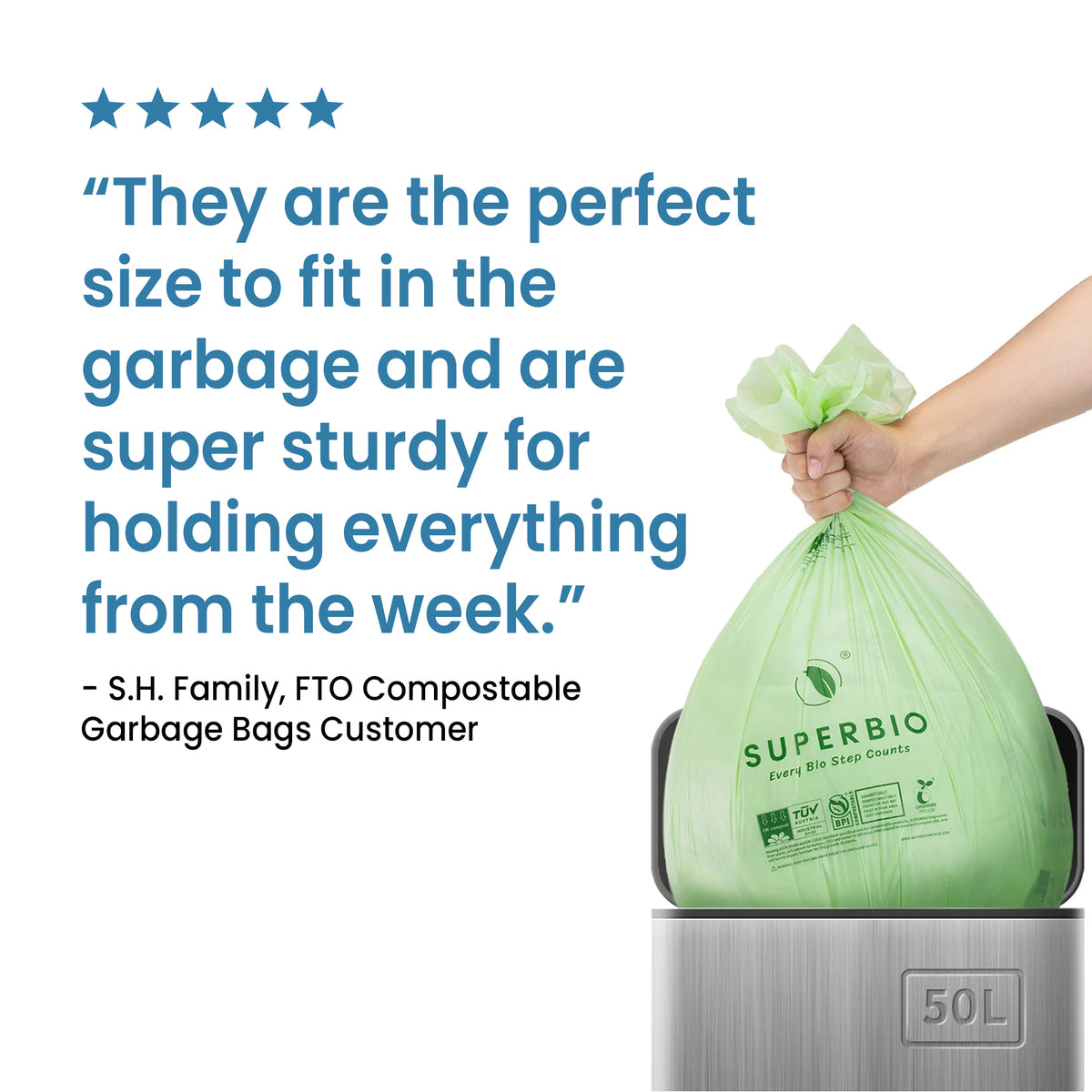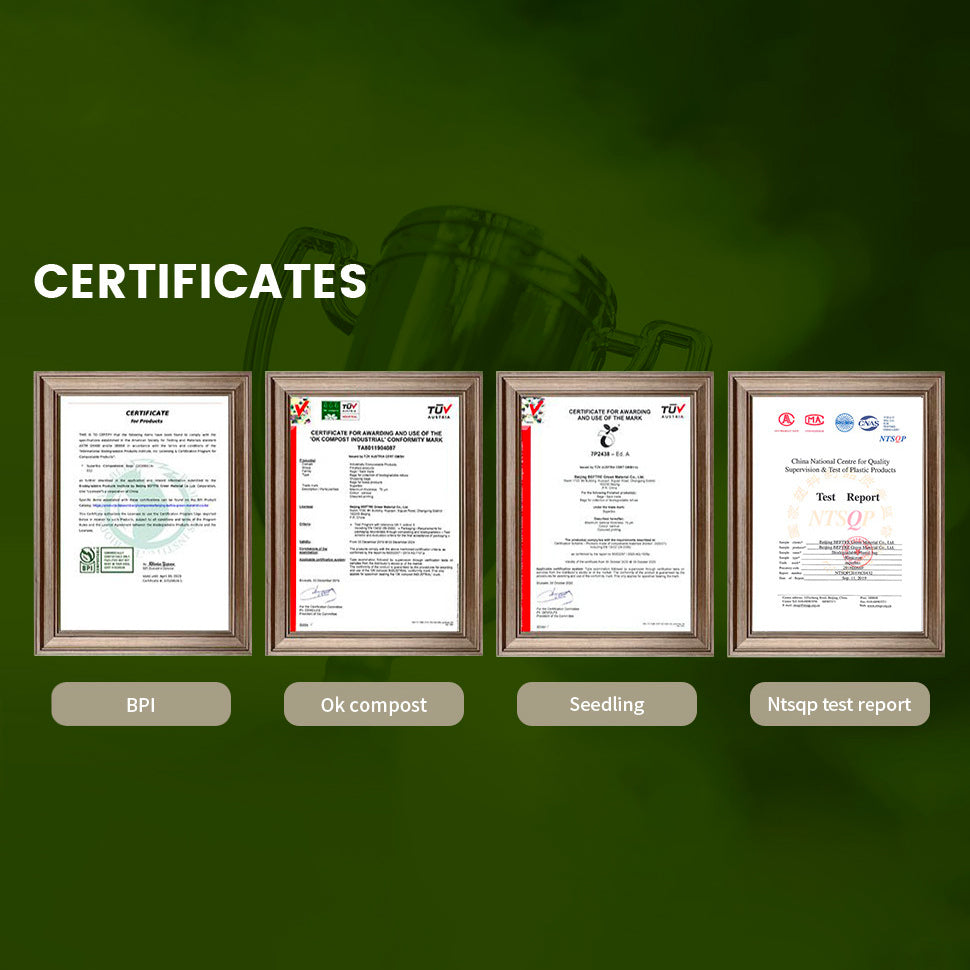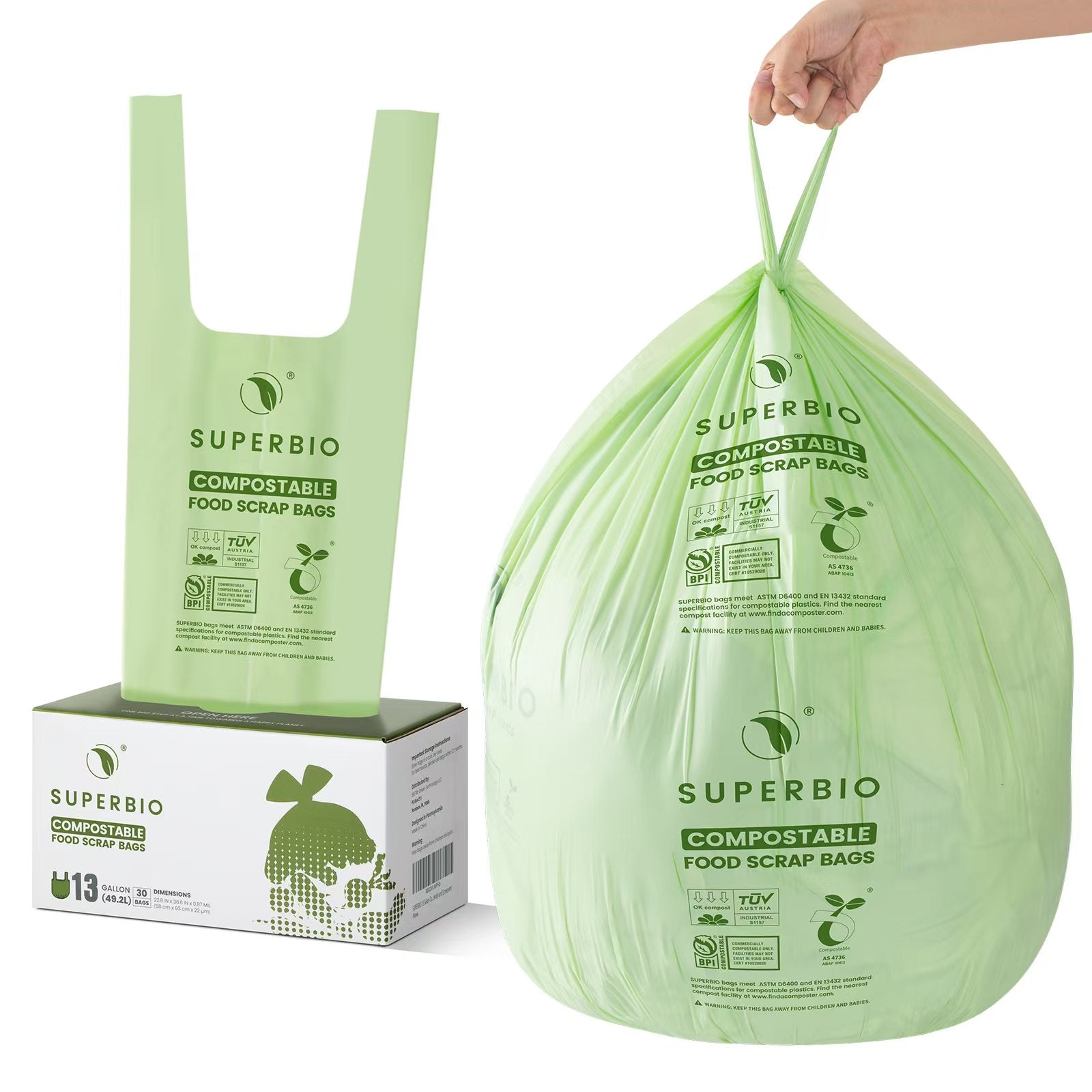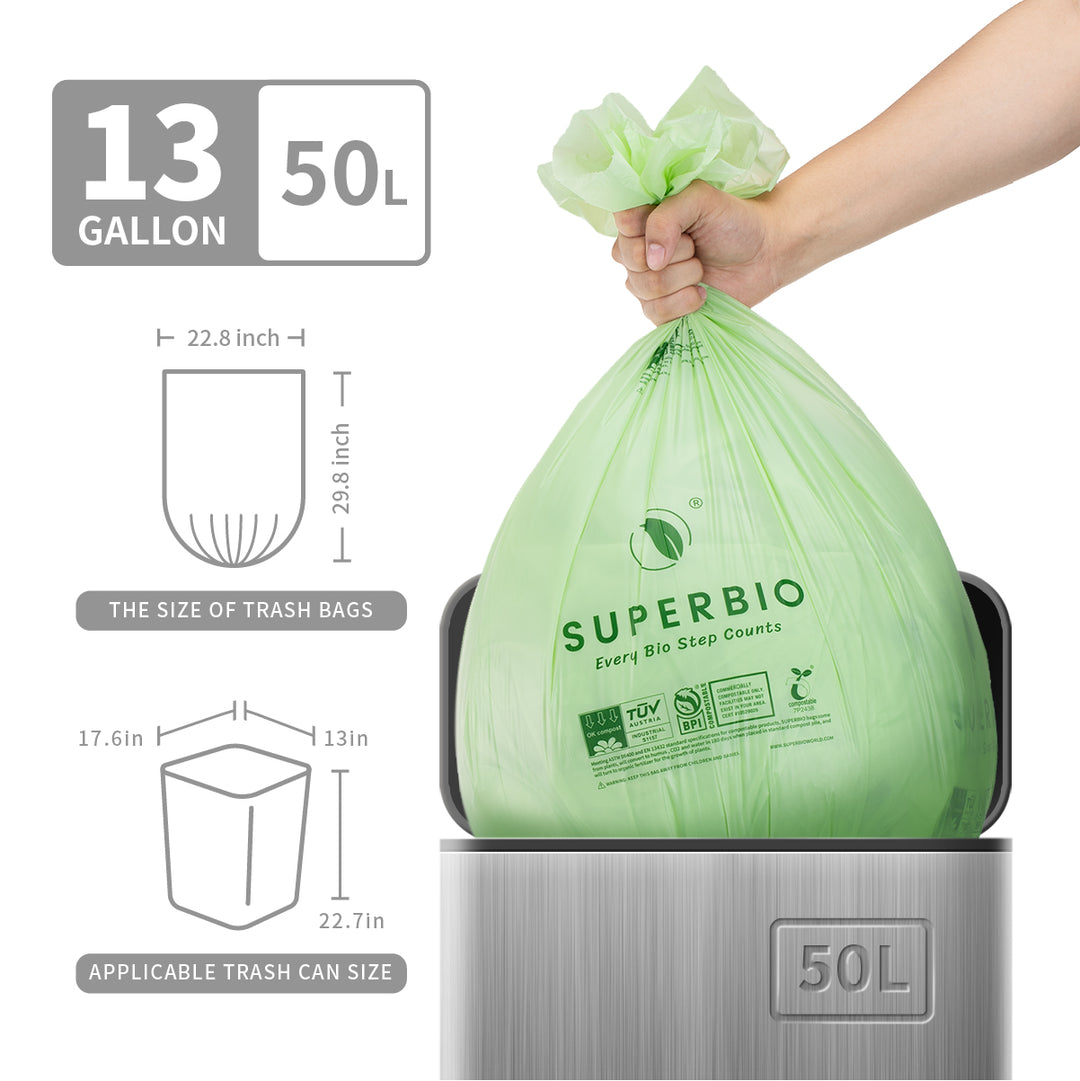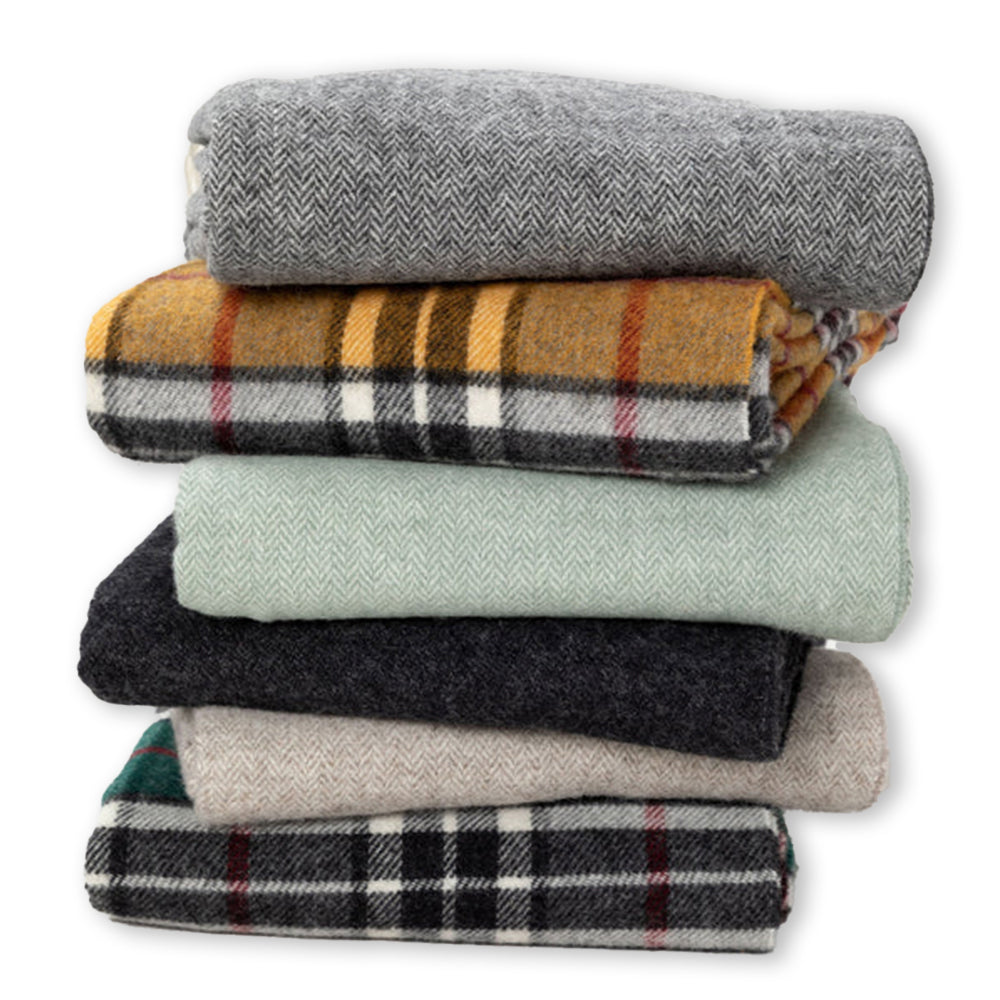Humpback Whales Crowd Australia’s Coast as Warming Seas Shift Migration
Each winter, a spectacle unfolds along Australia’s east coast that’s hard to miss—even from a city sidewalk or commuter ferry. The “humpback highway,” a 10,000-kilometer migratory corridor stretching from Antarctic feeding grounds to tropical waters off Queensland, fills with tens of thousands of humpback whales making their annual journey.
From June through August, these marine giants—some over 16 meters long and weighing up to 40 tonnes—travel north to breed and give birth in warmer waters. Many are spotted near Sydney, where coastal lookouts double as whale-watching hotspots. It’s not unusual for boat traffic in Sydney Harbour to pause as the whales surface nearby, their curiosity as apparent as their size, AP News reports.

Australia’s east coast sees up to 40,000 humpback whales migrate each winter.
Population Rebound and Shifting Patterns
Once nearly wiped out by commercial whaling, humpback whales have rebounded spectacularly since protections began in 1963. Estimates suggest as many as 40,000 whales now use the highway, up from a few hundred decades ago, according to BBC Travel. Their return is often framed as a conservation success—but growing numbers also bring new challenges.
As they recover, some humpbacks have begun altering their migratory behavior. More are staying longer in cooler southern waters like Tasmania, possibly responding to warming seas or changing food availability. Researchers are even spotting calves in unexpected areas, raising questions about how climate disruption is reshaping their centuries-old routes, The Guardian notes.

The migration spans over 10,000 kilometers from Antarctica to Queensland.
Marine Encounters and Risks
While these whales put on awe-inspiring displays—breaching, tail-slapping, and gliding along the surface—their proximity to humans is a double-edged sword.
Entanglements in fishing gear, collisions with vessels, and noise pollution from marine industry all pose real threats. A young whale in Sydney Harbour took nearly five hours to free from ropes and buoys last year, The Guardian reported.
The rise in whale sightings means it’s more important than ever to follow safety guidelines. Australia's marine regulations require boats to keep at least 100 meters away from whales, and even farther—300 meters—when near calves or in designated whale protection areas like those in the Whitsundays, Great Barrier Reef Marine Park Authority advises. Jet skis and drones have strict distance rules too, and swimmers must exit the water if a whale approaches.

Humpbacks often travel close to shore, making them visible from beaches and ferries.
Climate, Culture, and Conservation
Beyond logistics and tourism lies a deeper story. Whales play an essential role in ocean health. Their movements stir nutrients, support krill populations, and influence the broader food web—including fisheries humans depend on.
They’re also culturally significant. For many Aboriginal communities along the coast, whales are sacred beings, deeply embedded in lore. The Saltwater People’s Alliance is working to preserve whale songlines and promote Indigenous-led conservation strategies. Yuin ecologist Dr. Jack Pascoe has called for reforms that recognize culturally important species and integrate First Nations knowledge into marine management, as shared by The Guardian.

Whale sightings now regularly halt commuter ferries in Sydney Harbour.
The Road Ahead
Australia’s humpback highway is one of the great natural wonders—alive with movement, meaning, and majesty. But it’s also a space where growing human activity intersects with fragile ecosystems. From ferries stopping for breaching whales to tour boats quietly drifting as pods perform around them, the proximity is thrilling—but requires care.
As climate change accelerates and ocean traffic intensifies, safeguarding this migration becomes more complex and more urgent. Education, regulation, and Indigenous leadership will all play a part in keeping the humpback highway open—and safe—for generations to come.




























































































